I’ve been building up expectations for Iga and Shigaraki ever since we booked our trip to Japan in January last year. I expected it to be pottery heaven, picturesque yet unspoiled by tourism. It was completely different than I imagined- unspoiled by tourism, yes; picturesque, not like Kyoto or Kanazawa are picturesque- but still bursting with simple, understated beauty. Even my high expectations couldn’t prepare me for everything that happened in these two days.
Shigaraki is known as a pottery village with one of the oldest pottery kilns in Japan and many (small and big) manufacturers. Since both of us love ceramics and even took a pottery class the previous winter, it made its way into our ten day Japan road trip itinerary. Iga was chosen randomly, or better yet, because of a room and a host that looked promising, and because there was almost no accommodation in Shigaraki. Iga is known as a birthplace of famous haiku poet Matsuo Basho, whose poetry got me in the perfect mood for Japan in the months preceding our trip, and as the town of ninjas. Not much more did I found out in advance.
We came to Iga from Nagoya, changing trains about three times, each of them being more local, until the last one was a ninja train with a person dressed up as a ninja in it (he wanted us to take photos with him, too) and ninja-themed graffiti on the train, designed by a famous manga artist Reiji Matsumoto. We stepped off the train at the station in Iga, when we saw a little boy waving at us- “Luka?” he asked, and then proceeded: “I am Kanata. Let’s go!”. It was only the cutest thing ever, even for Japan. On the other side of the train rails, standing by his bright yellow K-car waited Jiji, the boy’s grandpa, our host, and a legend in his time.
He drove us to his traditional house with a Japanese garden in the middle of the rice fields, and just when we thought it couldn’t get any more Miyazaki than that, Jiji and Kanata took us to our room where they performed a kind of Japanese welcome for the guests, and we felt at home instantly. The room was opened up by long windows on three sides, and at dawn, Luka woke me up to see the sun appear over the mountains in the distance, casting sleepy pink shades over the rice fields. It was surreal.
As soon as we unpacked our bags, we asked Jiji if there was a ramen shop nearby, as we already had dinner reservations in a local restaurant, and wanted something quick and soothing. When he said he’d show us we didn’t expect that he would drive us, along with his grandson, to a ramen place that looked like a diner from the eighties, then sit with us, then order for us, and then split the portion with his grandson to keep us company. I kid you not.
After lunch, we somehow managed to assure Jiji that it was fine if he left us to explore the town a bit by ourselves- he wanted to show us around the Iga Ueno castle, the most prominent sight in town. The castle is known for its 30-meter tall walls of the inner bailey, making them the tallest of any castle in Japan- apart from that, it reminded me of Osaka castle. During the feudal era, one of two leading ninja schools of Japan was actually in Iga, and today the city seems to be threading its tourist net around it. There was a ninja museum right next to the castle which didn’t interest us as much to enter, there were people dressed up as ninjas strolling around the castle, and I already mentioned ninja themed trains. Back at our home, Jiji’s three grandchildren were playing with shurikens like they were stuffed animals. I tried to avoid the wall with the target as much as I could.
Apart from all that, the town looked very unassuming as we took a walk in the afternoon. The layout was a regular net of long, lamppost lined streets, with an air of abandonment and outdatedness- there was no sign of cool little eateries and beautiful handicraft shops we used to see in other smaller Japanese towns. It all reminded us a bit of a remote American town from the movies, enclosed and stuck in time. We went back home with the ninja-train and headed to the supermarket near the house. Supermarket felt provincial again, we couldn’t find any bread for breakfast (classic Croatians, I know) and I don’t even remember what we bought except sake (which I’m quite sure we did), but I do remember the curious looks of people seeing two foreigners in a very local supermarket outside of Iga. A happily tipsy grandpa even approached us to ask where we were from.
When the time for dinner came, Jiji was already anxiously waiting downstairs with his black purse and a hand lamp. He took us down his windy neighborhood and left us in front of a restaurant that said Beef Dining (while Kobe beef is popular around the world, there are other regions of Japan known for its delicious beef, Iga being one of them). Jiji’s son in law proposed that restaurant, because, he assured us, it had delicious beef for a fair price, and let me tell you- he wasn’t wrong (we are already used to agreeing on anything a local proposes, and so far, so good).
Anyhow, when we entered the restaurant we noticed that: it had a very eighties interior in red and black with slightly uncomfortable lighting, we were the only customers, the chef (which was also the owner) seated us right in front of him, and he didn’t speak any English. What looked like it was going to be an odd evening, turned out to be one of our dearest memories from Japan. The chef started preparing beef on a little grill placed right before us, austerely explaining in which order should we use the salt and the sauces he’d put before us. Then Luka started asking questions about the beef, helping himself with Google Translator. Little by little, the conversation developed, some translation errors added to the fun, and by the end of the dinner, we managed to talk about all sorts of things, despite the language barrier. One of the things we talked about was me being an art historian to which the chef asked if I was collecting art. When we said that I was collecting ceramics, he asked if he could present us the ceramics that he had. We understood to present as to show, so when he brought a beautiful, delicate ceramic tea set with tiny white storks and golden lining painted on it- and wanted us to have it as a gift, as a memento of that evening- we had to politely decline. It seemed too valuable.
At the end of our dinner, the chef asked if he could show us some of the art he collected in his house, which was right around the corner. When we entered the house, first he showed us his cute dog that was woken up from sleep on the couch- just to be introduced to us. Then, he took us to his tea room, that was sort of a cabinet of curiosities, and as we were already tipsy on sake, now that I think about it, it all seems very surreal. He started showing us his ceramic tea sets, jugs, giant ceramic vases that looked ancient, katanas- at one point he was convincing us that we should at least take the katana with us, as a gift from him. At that point, we understood that he really wanted to gift us something, so when he proposed a beautiful little ceramic sake bottle, made in a local style, with earthy tones and milky white stones in the clay- we accepted the gift. It is one of the most precious items in our home now. We said our goodbyes afterward, and now I might be imagining it, but I think we even hugged as we were leaving.
The next day was my birthday and Luka had planned everything: from a visit to Miho Museum to renting out bicycles in Shigaraki and taking me to meet my favorite potters. All that with Jiji’s freehearted help. Now, why would we need Jiji’s help you ask? For once, Miho Museum is situated in the middle of the forest, about 15 minutes drive away from any human settlement, and while you can take a bus from Ishiyama, which is on your way if you’re coming from Kyoto, there is no public transport from Iga, where we were staying. So in the morning, Jiji took his purse (which means action) and was already waiting with his car turned on as we were rushing to put our shoes on to not keep him waiting. The day before, we mentioned a local potter to him, whose exhibition we saw a couple of days before and whose atelier was on our way to Miho Museum. As always, he took the matter very seriously, and when we came to the atelier (which was actually in this potter’s home) and it was closed, he banged the door and even tried to call the owner through the window, but no one was home.
When we came to Miho Museum we realized that we’d need at least an hour and a half, so when we asked Jiji what would he do while we were sightseeing, he said: “It’s ok, I got my book.” That was the second cutest thing ever during our stay (there would be a third one, too). But let’s talk about the Miho Museum a bit, shall we? Mihoko Koyama, a wealthy heiress of a textile company and the founder of the aesthetic religious group Shinji Shumeikai asked the renowned Chinese architect I.M. Pei (remember Louvre pyramid?) to build a bell tower in the woods near Shigaraki as a monument for the group. A couple of years later, she asked Pei if he would construct a museum for her collection of Japanese tea-ceremony objects, to which Pei proposed extending a collection, to which Mihoko and her daughter Hiroko accepted the challenge and in the next six years, partly funded by their Shumeikai Organization, collected about 1000 objects of ancient civilizations and Asian art. Read the whole story here, it’s quite interesting.
What I.M. Pei got to say about the building is that when he saw the location it reminded him of a traditional Chinese tale “The Peach Blossom Spring”- a story of a fishermen who rowing up the stream got himself in a peach blossom forest, and when he reached the spring he noticed a tiny cave. When he passed to the other side, the Shangri-La opened up in front of him. The way Pei imagined the structure indeed resembles the story. Once we passed the ticket office there was a cherry blossom-lined path leading to a tunnel. The tunnel had an elegant, discreetly lighted curve, and as it was very windy the day we visited, we couldn’t wait to get to the other side. Once there, we passed over a suspended bridge and the view of the verdant valley opened up on both sides. The understated entrance to the museum was hiding a beautiful, and bigger than expected space on the inside.
I read that about 80 % of the museum was built into the mountain, hidden from the view as to respect the natural landscape. Inside, it’s a unique piece of architecture, with beautiful vistas of the surrounding landscape and enclosed Japanese garden. The warm tones of the marble and the play of shadow and light coming from geometrical vaults and faux-bamboo shades make for a calming atmosphere. I do not have to mention that compared to the famous European museums, there were almost no people there, especially in the morning. I didn’t expect such an impressive, meticulously chosen collection: from Egyptian sculpture to delicate Greek figurines and fabulous ancient Asian objects- an hour and a half weren’t enough, but both Jiji and Shigaraki were waiting for us.
Shigaraki is known as a pottery village (if a place with around 15 000 inhabitants could be considered a village), and it is one of the six great pottery regions of Japan. The first time we visited Japan, we bought two beautiful ceramic cups and bowls, adorned with delicate blue and yellow flowers, in a ceramic gallery in Nara. It took some real detective work online to find the potters who made it- they were from Shigaraki, a place we never heard of before, but apparently quite interesting for pottery enthusiasts like ourselves. Before our trip, I imagined it to be a cute little village, with traditional wooden houses, lovely galleries and pottery shops on every corner, cool cafes and eateries. We wanted to explore Shigaraki by bike, and it took some negotiation skills to convince Jiji that we were perfectly fine there by ourselves. Again, he planned to spend the entire day with us, showing us around some of the manufacturers, so when we said we’d do it by ourselves and also come back to Iga by ourselves, he astonishingly asked: “So, I am free now?”.
The village was different than I expected: for once, it was quite big and dispersed, some of the ceramic producers were big manufacturers, there was no main street with cute cafes and galleries and at first, we didn’t know where to go. We started looking for a place to eat, but we didn’t manage to find any, except one, from the outside very unassuming bar. The sign and the menu looked like they were stripped from the eighties provincial roadside eatery in Croatia, and there were two slightly drunk elderly men inside. Since we didn’t have much choice, we entered, ordered two pork curries and then started noticing how beautiful and well kept the place was. It was all wooden interior from the seventies I guess, that was also a little pottery gallery, with the elegantly dressed owner (I immediately noticed hear turquoise stone earrings). She brought warm towels before our beautifully presented curries arrived, and it was one of those perfect, unexpected moments. It was the most unusual birthday lunch I ever had- the curries were delicious by the way! I started to like Shigaraki.
Being a good husband that he is, Luka contacted the potters whose cups and bowls we bought in Nara in advance and managed to arrange a visit to their studio. Maki and Hayato Yasumi showed us around their workplace and despite the language barrier explained the decorating process- meanwhile I wandered around excitedly picking up each and every item and admiring the delicate painting. Afterward, we headed to the Ogama-Noborigama pottery kiln and cafe, the biggest still functional noborigama kiln in Japan- a type of chambered climbing kiln built into a slope. We wandered around the chambers and sat for a cup of tea in a lovely bar that was also a gallery shop with quite a nice collection of objects. The tea was presented in a beautiful ceramic cup with a wooden spoon- and it wasn’t just because we were in a pottery gallery, but I am eternally amazed how everyday objects in Japan are extremely well crafted, and how each hole in the wall selling ramen will have their own, beautiful handmade ceramics. People we met in Shigaraki were quite curious about the foreigners roaming around their town- grandpas tending to their gardens would wave to us as we passed by, and school kids were approaching us and asking where we were from (both small kids and the teenagers!).
Another meeting that Luka had arranged was with the owner of a pottery store in the upper part of the town- he welcomed us warmly, even offering that he would come and pick us up with his car at the station, but we braved the hill and went up with our bikes. The shop was a bright, modern space overlooking the town, filled with ceramic treasures- a perfect place to spend the afternoon at. Fujito invited us for tea and explained his collection a bit, while his cat lazily dragged herself around like a boss. We bought a couple of nice things from Yasumi Koubou again, and a couple of mugs and bottles for presents. I couldn’t stop taking photos of the weird animal figurines by Kouichi Maekawa and quite liked the simple forms and patterns by Iwao Toubou (we drank tea from his teacups). We sad our goodbyes to Fujito, hoping that we’d be back to his warm and welcoming place, and headed back to town.
We wanted to browse a little around town before catching the evening train- but, as the sun started descending so did the temperature, and we were caught unprepared, in our light spring jackets, cycling around windy town at about 8 degrees Celsius. And when we thought that the problem would easily be solvable by just stepping into a cafe, those that existed were closed in the afternoon. We even started to consider going back to Fujito’s gallery when we stumbled upon a lovely shop that we had already visited earlier that day. The owner recognized us, waved to us, we came in and asked if there was any cafe open at that time, she said that it wasn’t but that she could make us some coffee, she just started preparing one for herself, and that we should come in and wait for the train there. The perks of traveling and meeting people in Japan! And so we sat with her, warming up by her heater, chatting (she studied in Europe and was very eloquent and generally such a sweet person to talk to), admiring her work (she is a textile designer that makes really cool, colorful bags), and her husband’s work (he is an artist, making peculiar ceramic sculpture and delicate tableware). Again, that was one of those moments you can’t plan in advance nor expect, they just happen and remain an important memento of your trip.
We left Shigaraki with (thankfully!) punctual train, almost freezing while cycling to the station. We had to change three trains and what we didn’t count on was that local stations didn’t have any shelter, and after making connection and freezing at the station of an unknown village in the night, and realizing that for our second connection we’d have to wait for 40 minutes, we texted Jiji (quite embarrassed) if he could maybe come and pick us up at the station, about ten minutes drive from his home. We felt like spoiled, touristy brats, but Jiji just answered “understood” and when the train came to the station he was already waiting there, with his yellow K-car heated to million degrees as he knew we would be cold. That day just kept getting better and better.
Already in the afternoon, we decided that since it was my birthday and we felt like we already made a friend there, it would be only right if we went again to the restaurant from the night before, because that entire experience was a dream (from the juiciest meat to chef’s hospitality). Jiji called again to reserve and this time we knew our way and went alone. When we entered the restaurant and greeted the chef, the first thing he said was “Sretan rođendan!”, which means “Happy Birthday!” in Croatian, Jiji had obviously informed him that it was my birthday and he took to the internet to learn how to say happy birthday in our language. Then he pulled out a bottle of sparkling wine, two cutest cakes in form of a duck and a bunny that were a present from Jiji, two sparkles to put them on the cakes- and then said that he was celebrating his birthday that day as well. We opened a bottle of sparkling wine, sang happy birthday (while holding those sparkles), and felt just genuinely happy. This story might sound a bit imagined by now, but I promise I don’t have such a creative imagination for the thing that followed.
We ate and chatted with the chef when at the end of our dinner he asked if we would like to visit his wife’s shop. What else would we say but yes, but we expected the place to be some kind of a store selling things like, say, scarves. It was just a couple of feet away from the restaurant and when we entered we realized that the shop was actually a karaoke bar with an already steaming atmosphere. It was quite a small, dimly lit bar with guests sitting around a counter behind which stood the chef and his wife. There was also his daughter with a friend and a dozen of regular customers. We were saved an honorary seat in the middle. There was some pretty good food there as well, which we ate despite just having a meat dinner, some pretty good sake, and some pretty embarrassing singing on our side. While all the Japanese sounded very professional, singing exclusively melancholic Japanese love songs, we warmed things up with Mario Winans’s I don’t wanna know (our first, very poor try at karaoke), then I said to hell with it all and ordered Celine Dion’s My heart will go on, and received almost a standing ovation with guys acting as Leo and Kate at the prow of the Titanic, then Luka sang Johnny Cash’s Ring of fire, and then I was already let loose and chose a classic gem of Britney’s Hit me baby one more time. The chef’s daughter was quite impressed with my choice of song, Britney is obviously a universal language of our generation.
I am quite convinced we were all hugging when we were leaving (although, much sake was drunk, and I can’t be sure).
The next day we had to leave, but Luka decided to extend my birthday celebrations by arranging a breakfast in the garden. The night before we didn’t even get to my cute birthday cakes, so he served them along with green tea that he politely asked Jiji to make for us. The sun was shining, we were sitting in a beautiful Japanese garden surrounded by rice fields, two younger Jiji’s grandchildren playing around us…everything about these two days was dreamy. Then Jiji comes and asks: “Would you like me to take you to a secret place?” (That was the third cutest thing). We most definitely did want that, so a couple of minutes later we were in the car with Jiji and his youngest grandson- Haru, the cutest child there is, who noticing that we were speaking English with his grandpa started saying “Meerry Christmas, Meeeerry Christmas!” and besides that talked to me in Japanese all the time. When we came to the secret place, he wanted me to carry him and so I did, alternating with Luka when the road got slippery. This place was actually a small shrine with a waterfall underneath, and Jiji showed us the purification ritual before entering a shrine (Haru was participating too). We took the ladles from the purification fountain (that was really a natural spring), first washed our hands, then our mouth, spitting the water on the ground afterward. Then we offered some coins, bowed twice, clapped twice, bowed once more and put our hands to prayer. We were now ready to go down the path to a hidden waterfall where Jiji insisted on taking photos of us while Haru playfully jumped from stone to stone, completely unworried about the possibility of falling into the stream.
That day we were heading to Kobe, the next stop of our trip, and I was quite melancholic about leaving Iga- supposing that nothing can keep up with all that we got to experience during two days in Iga and Shigaraki. Turns out, Japan, as always, had a couple of aces up its sleeve.
*Thank you, as always, for reading. If you enjoyed this article and would like to support this blog, you can now do it by a simple act of buying me coffee.
Anja
Jiji’s accommodation in Iga, should you be interested.
Best beef and best talks in Iga, at Yonhan’s restaurant.
Pin this article for later!

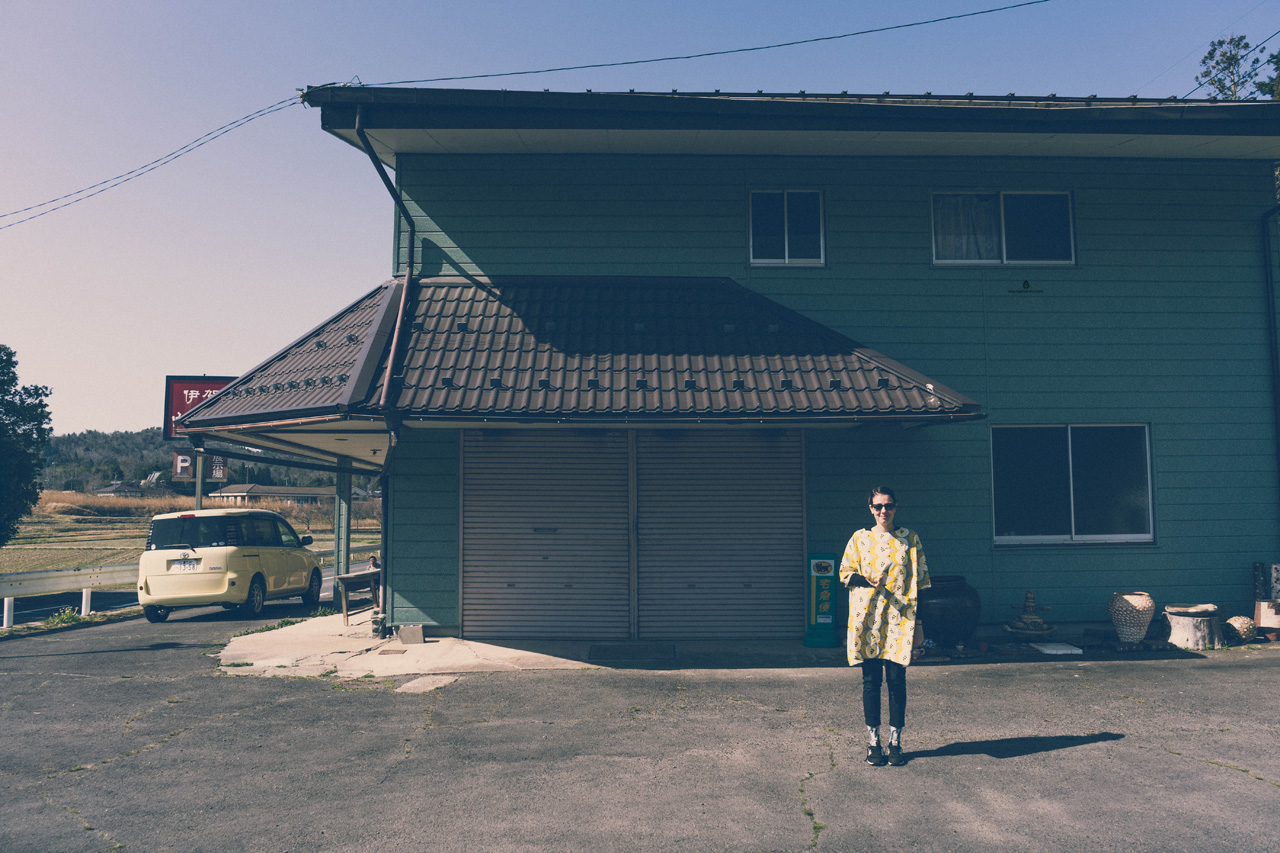
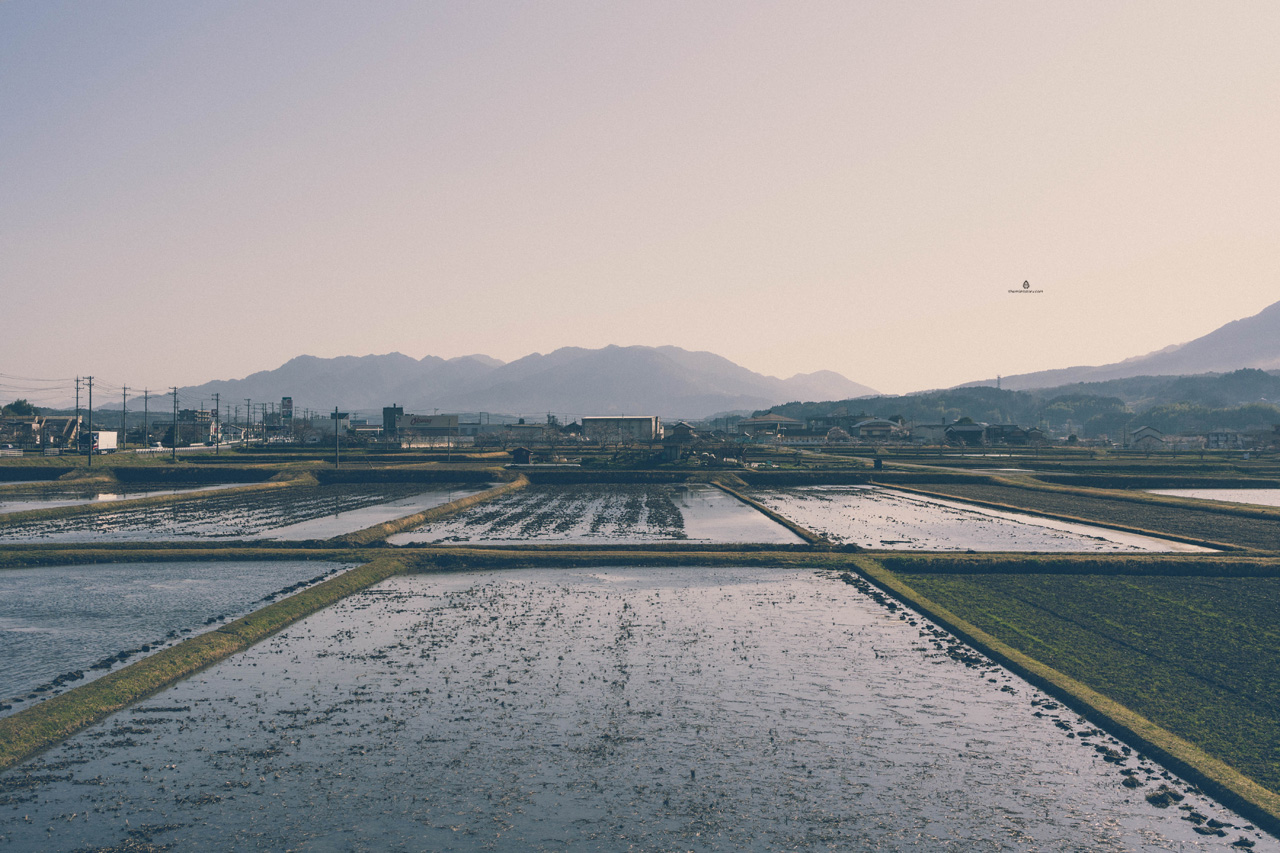
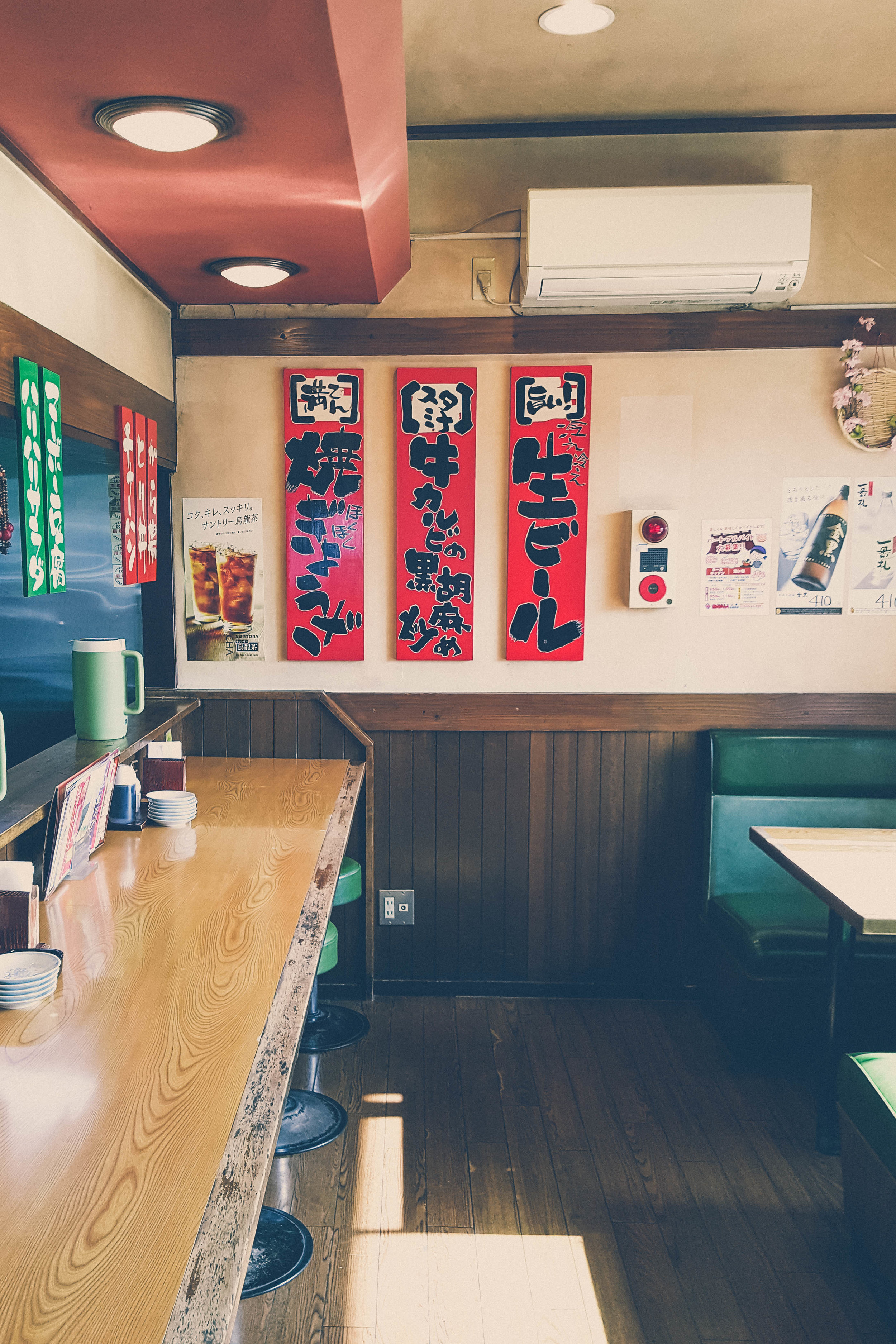
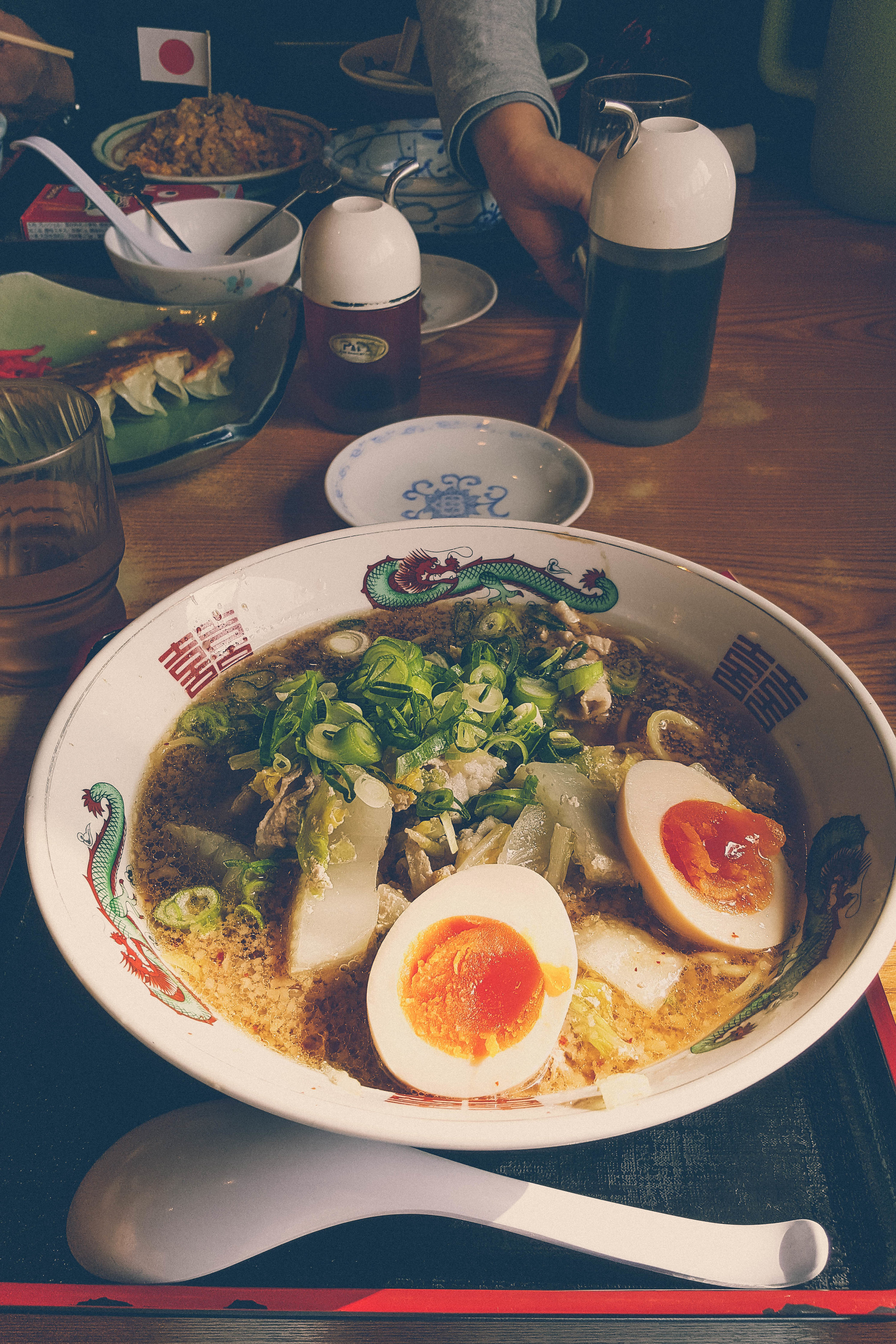

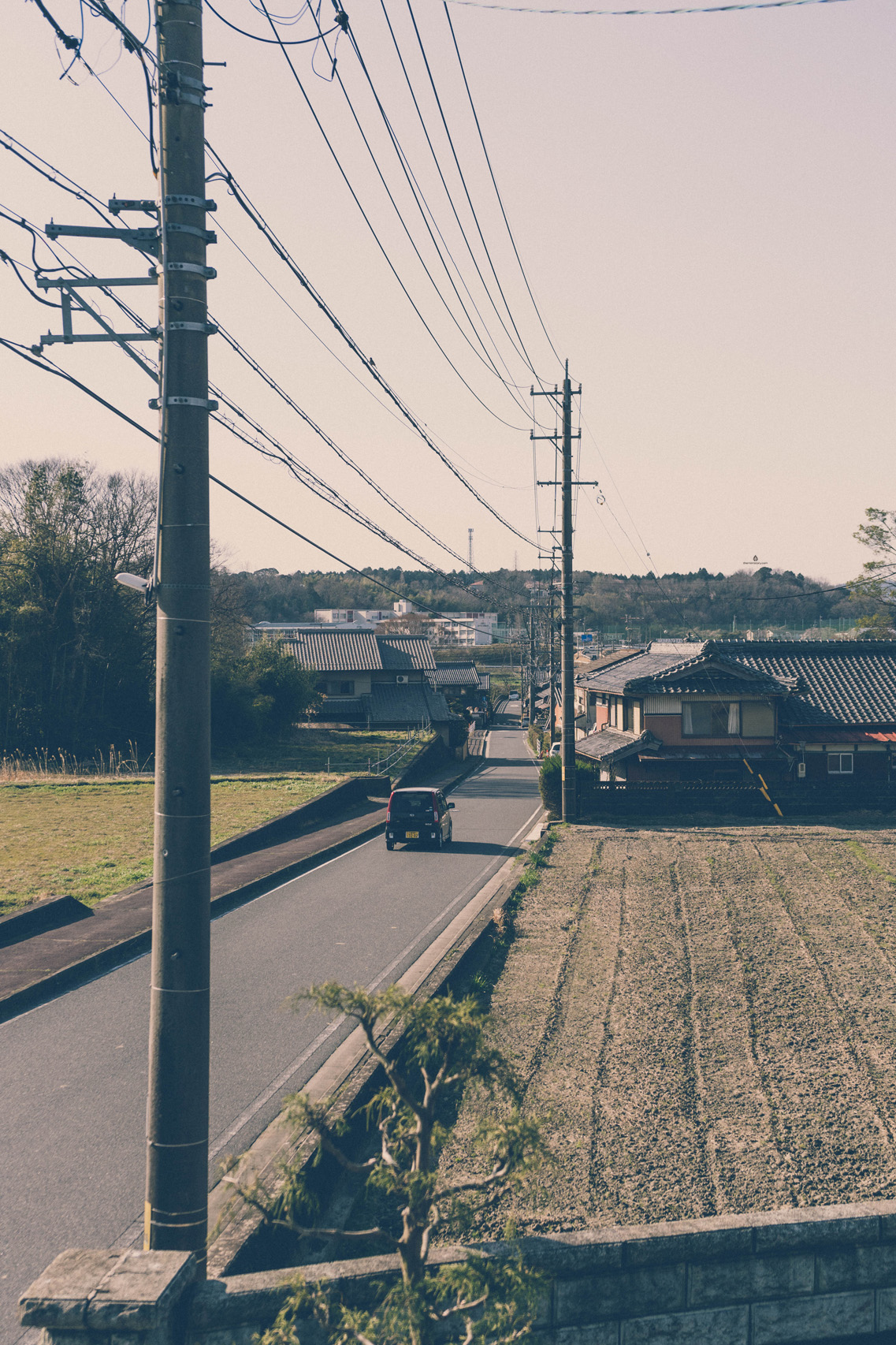
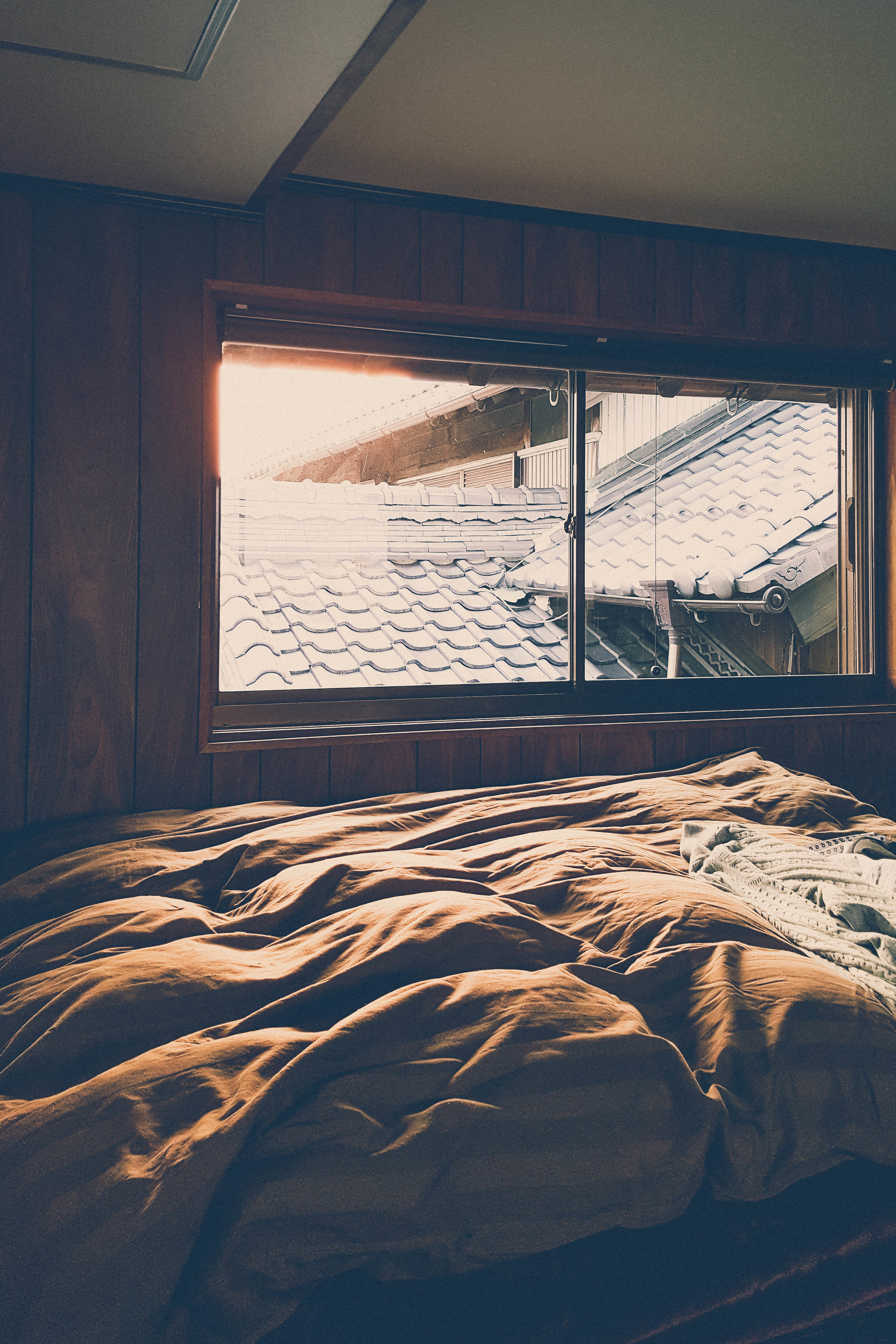

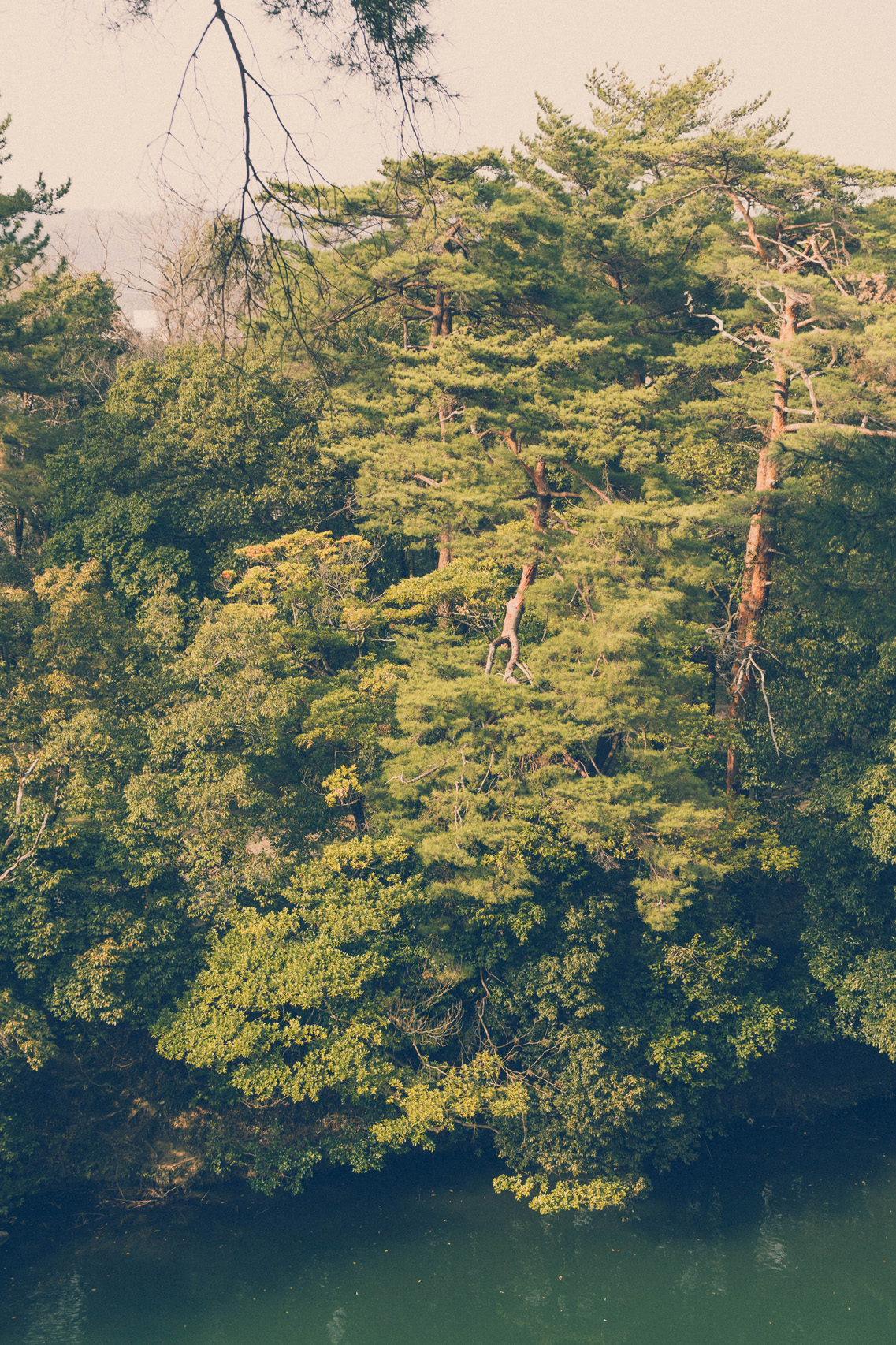




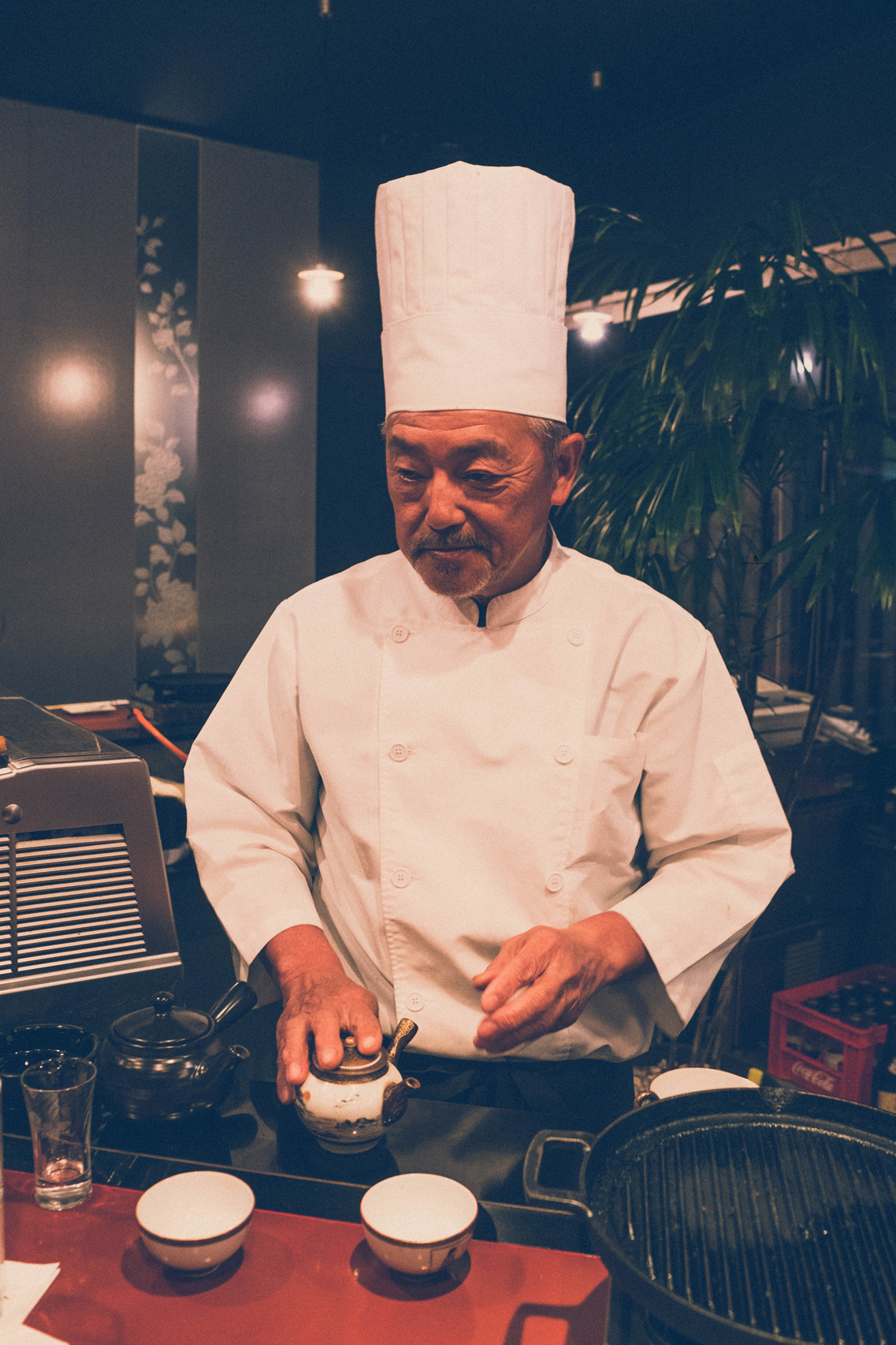
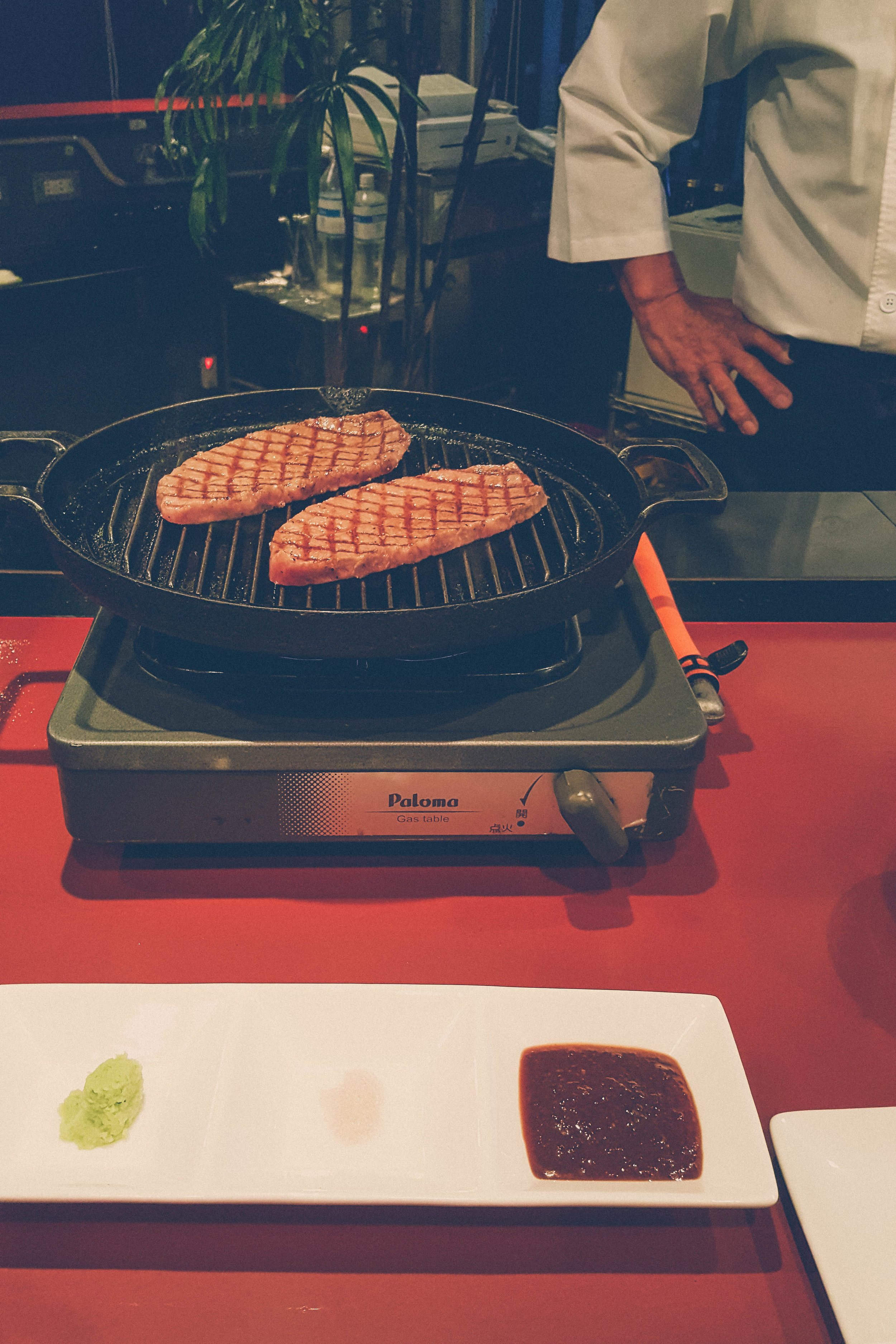




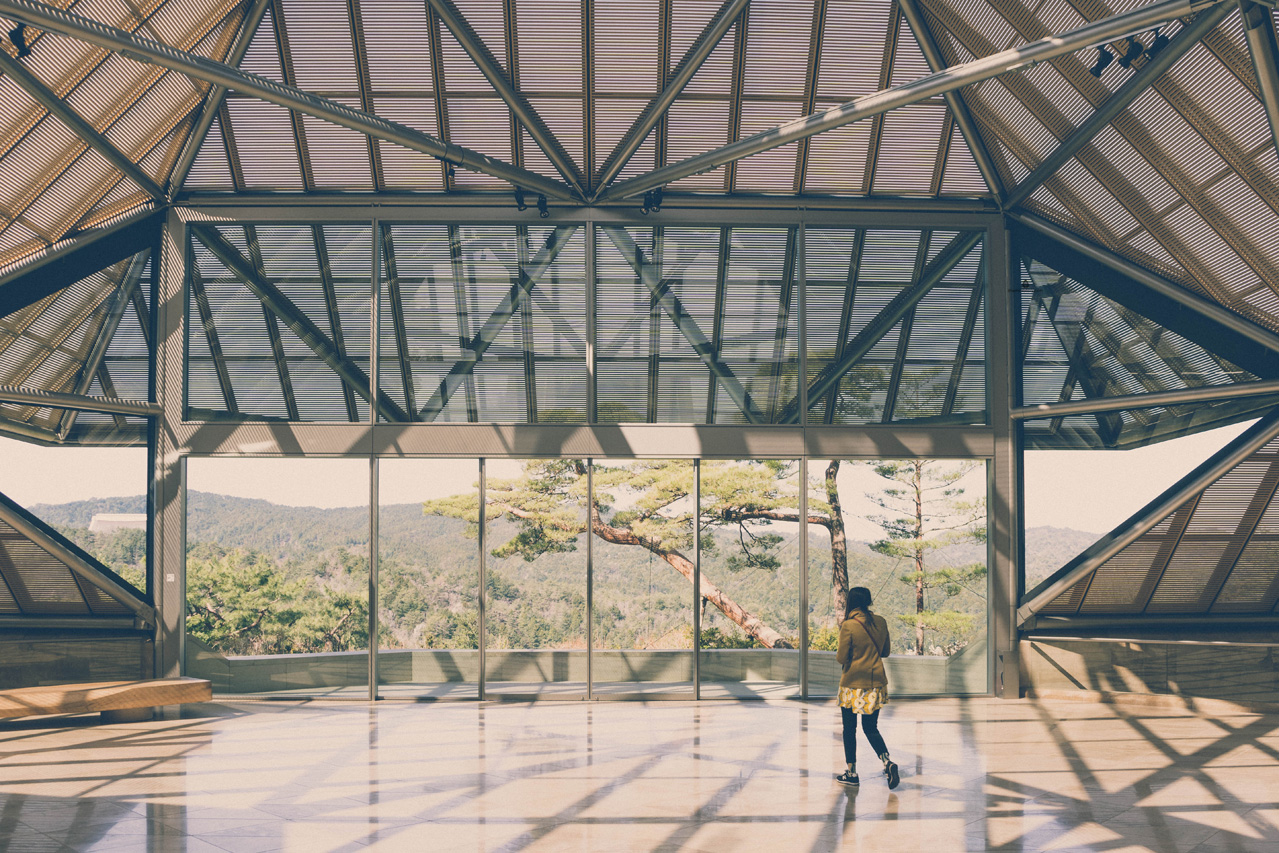
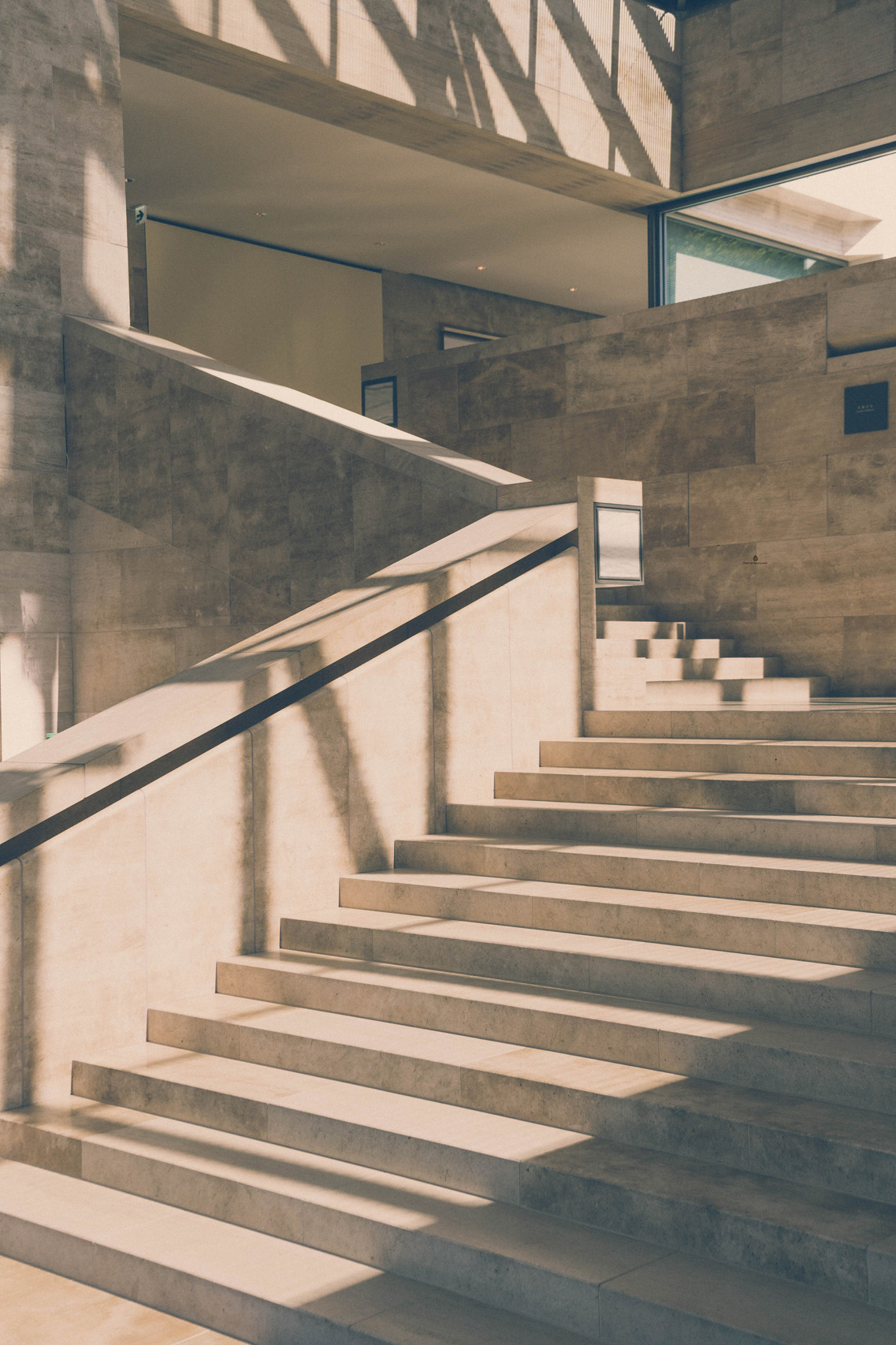
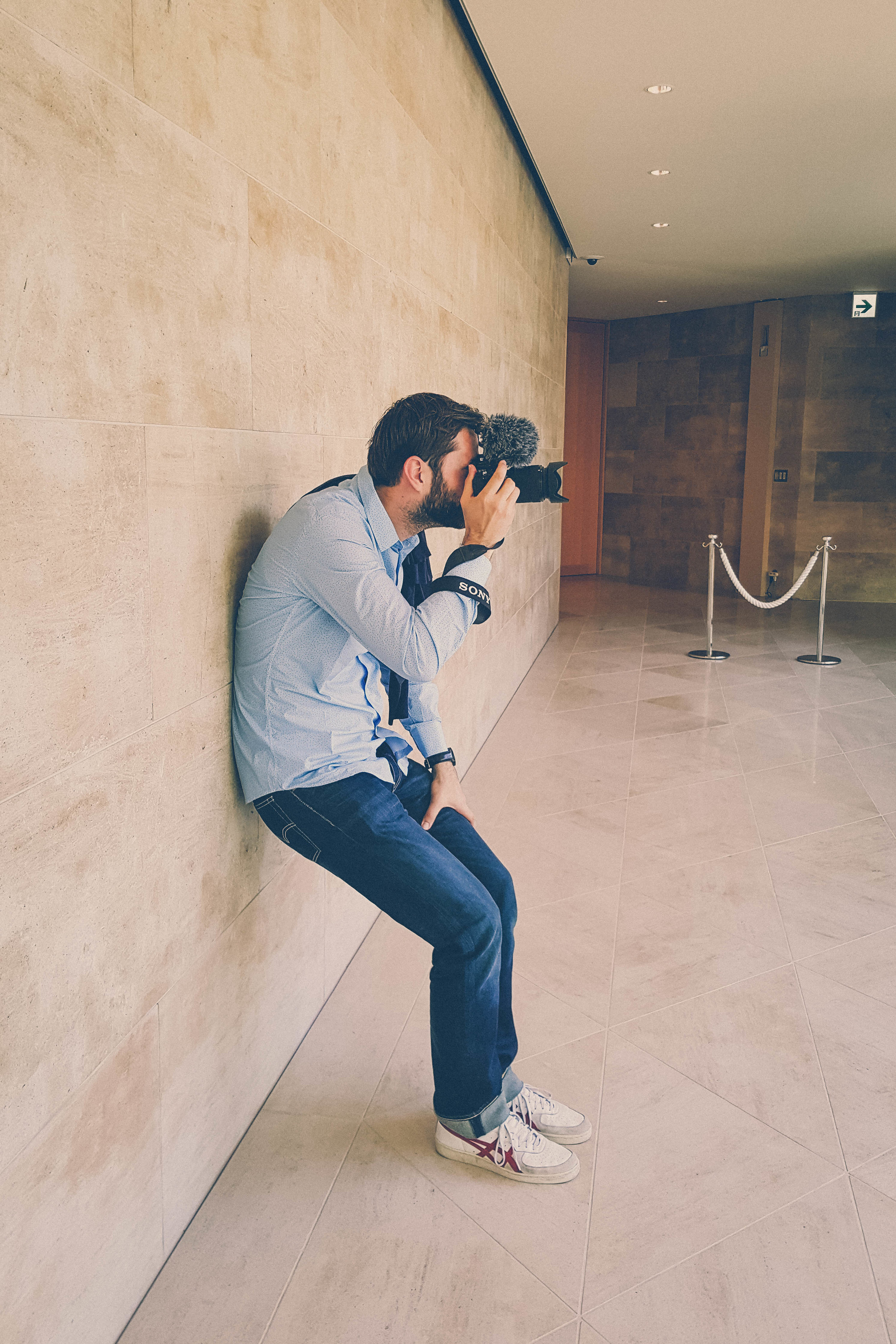



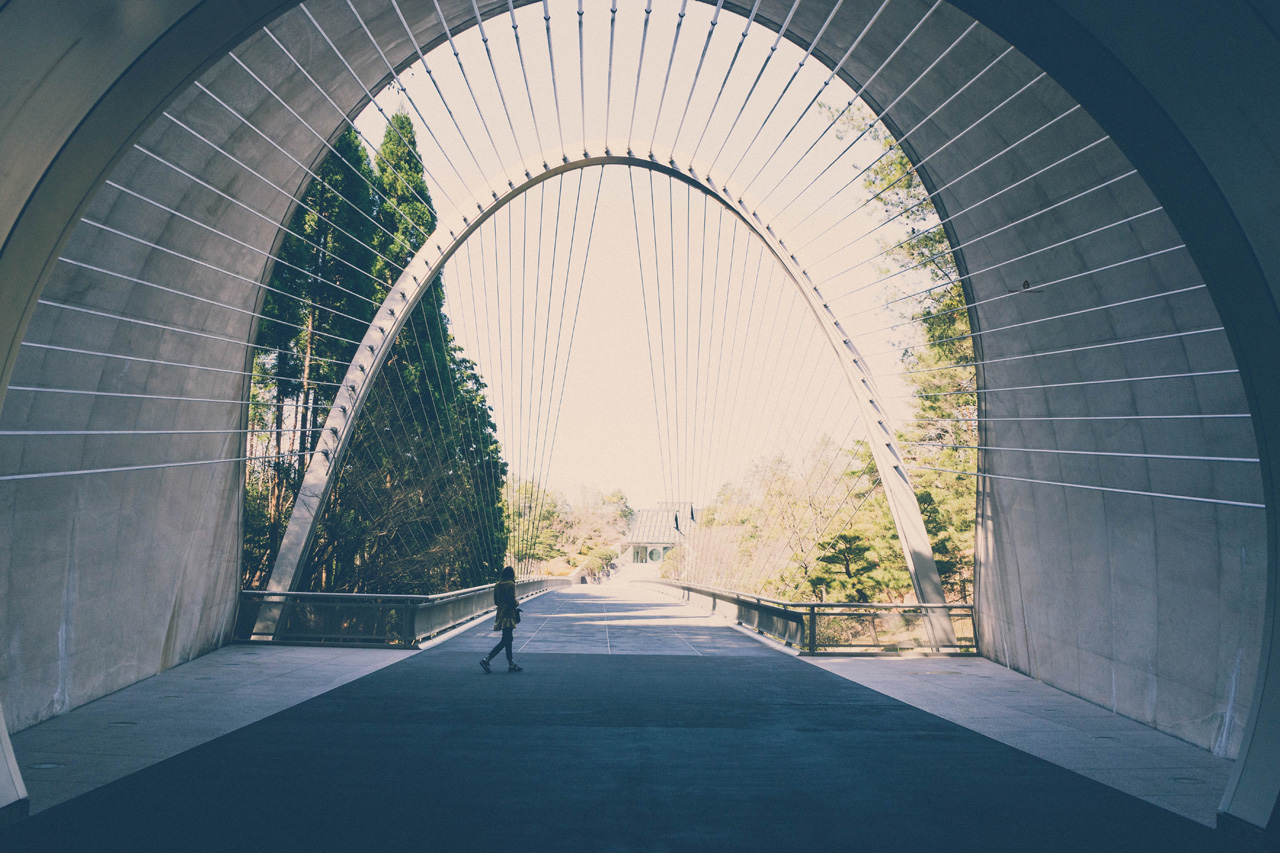

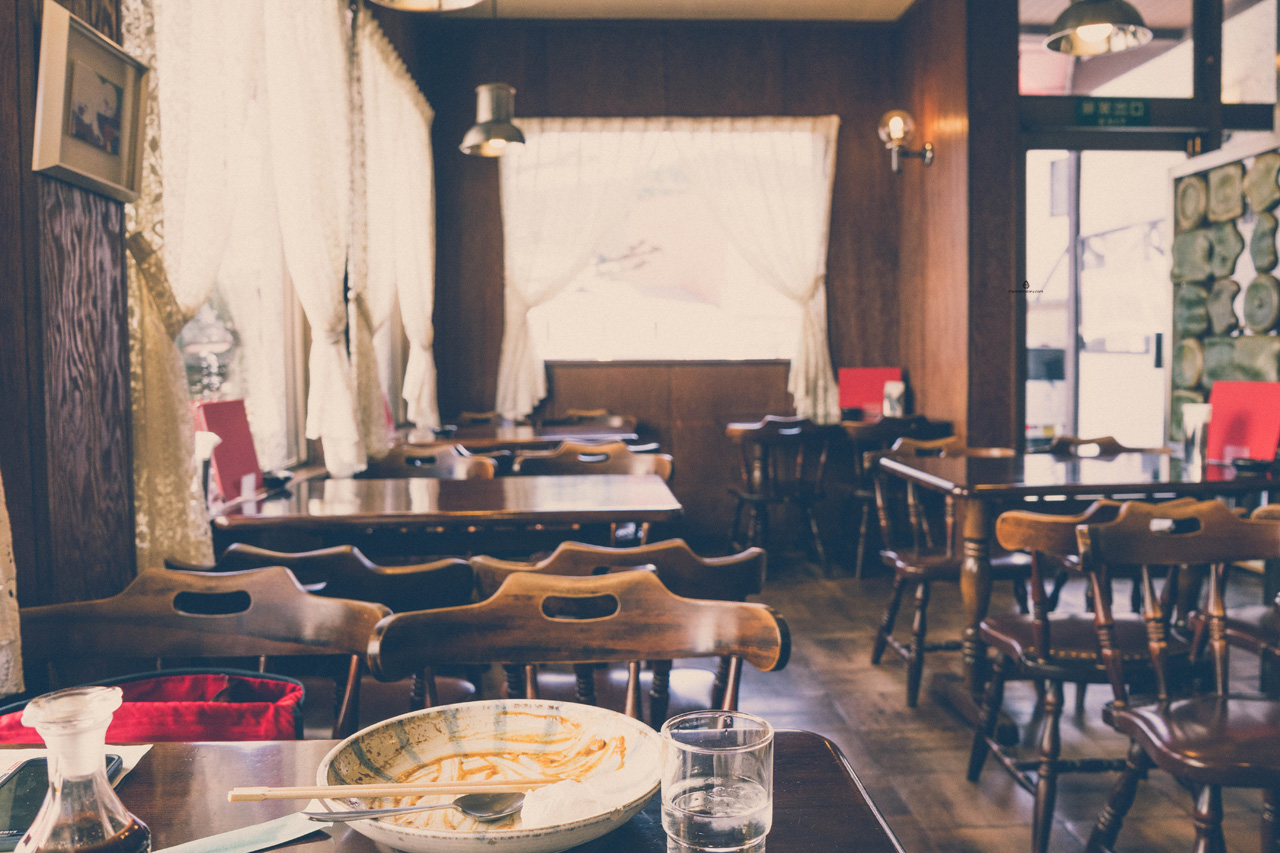


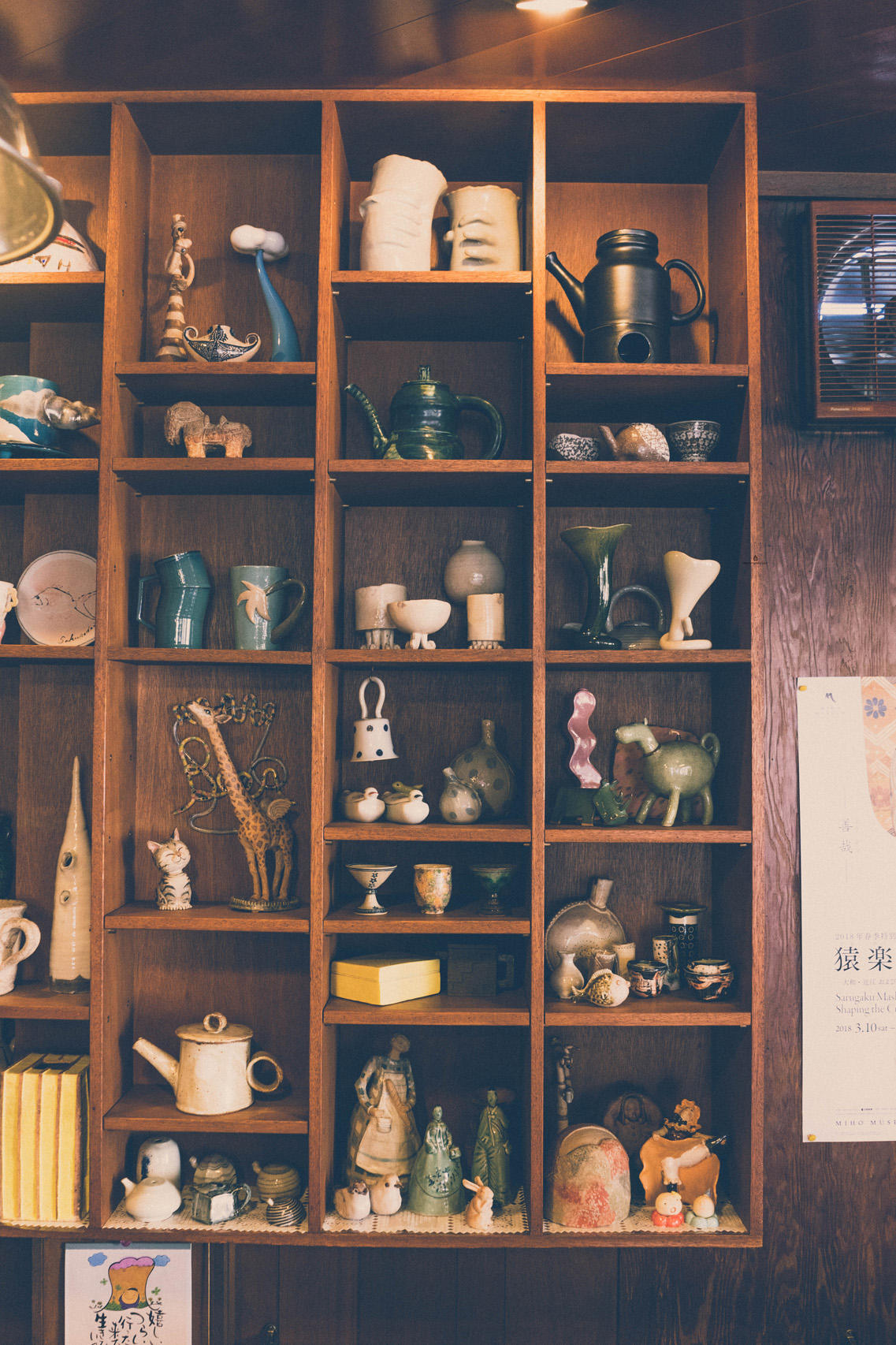
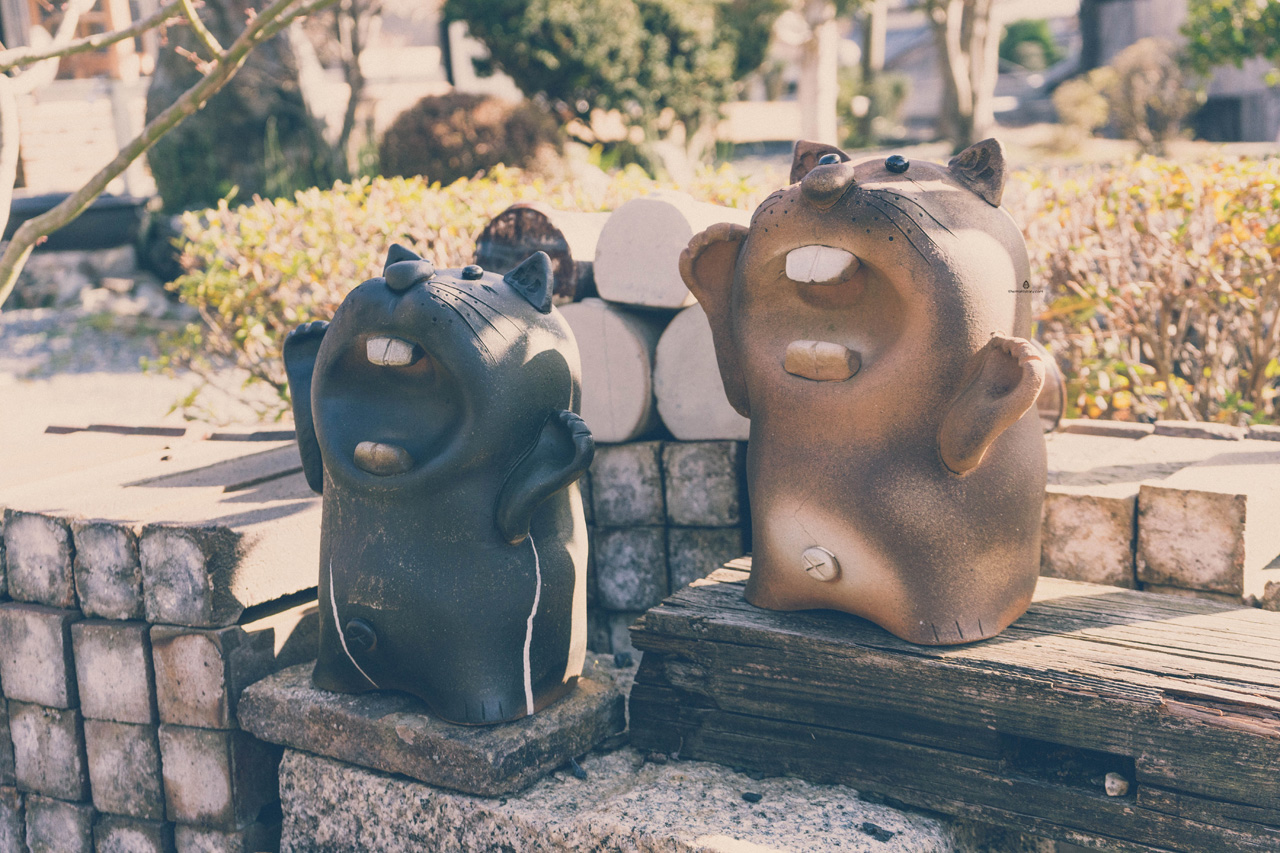
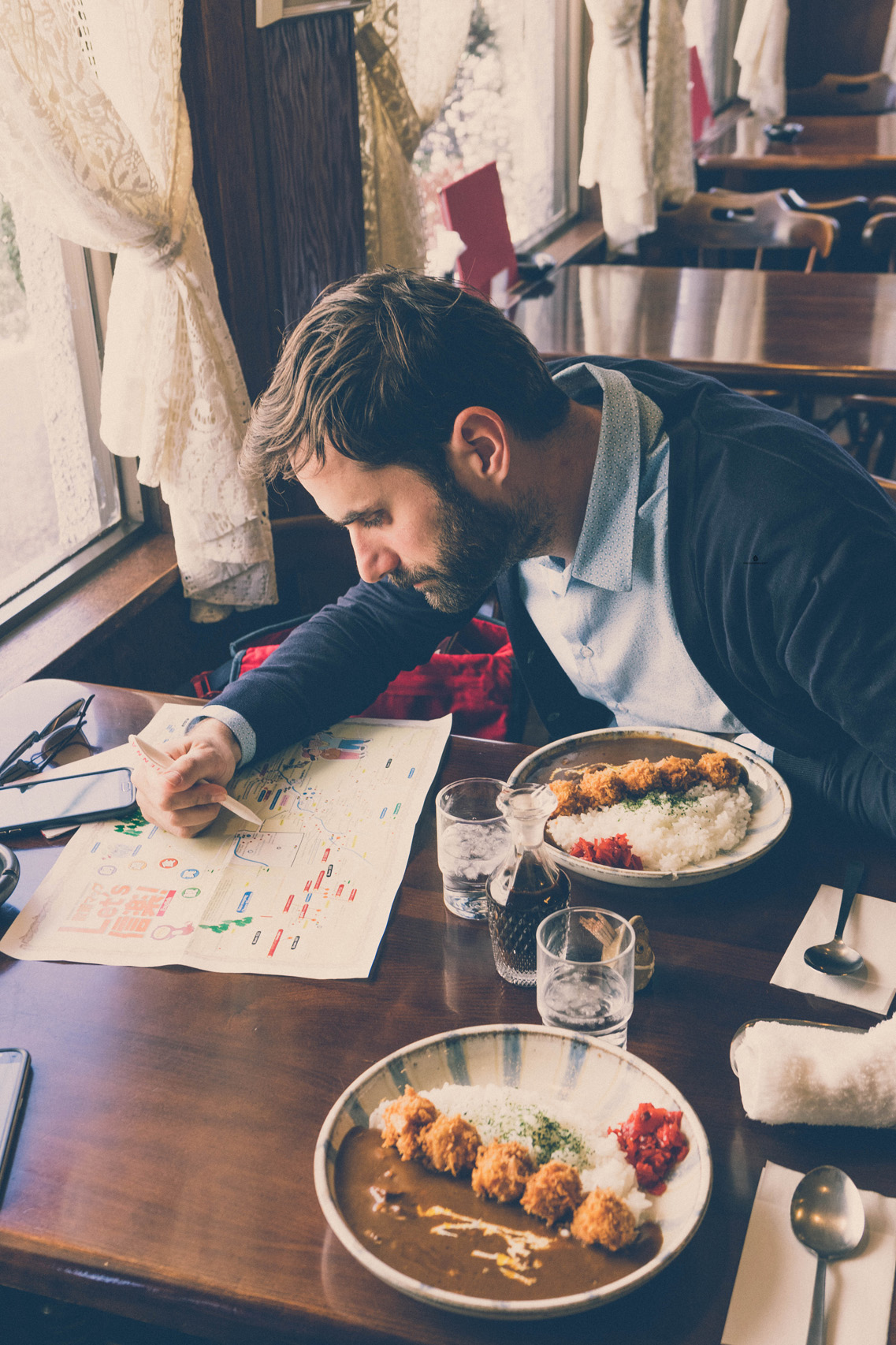
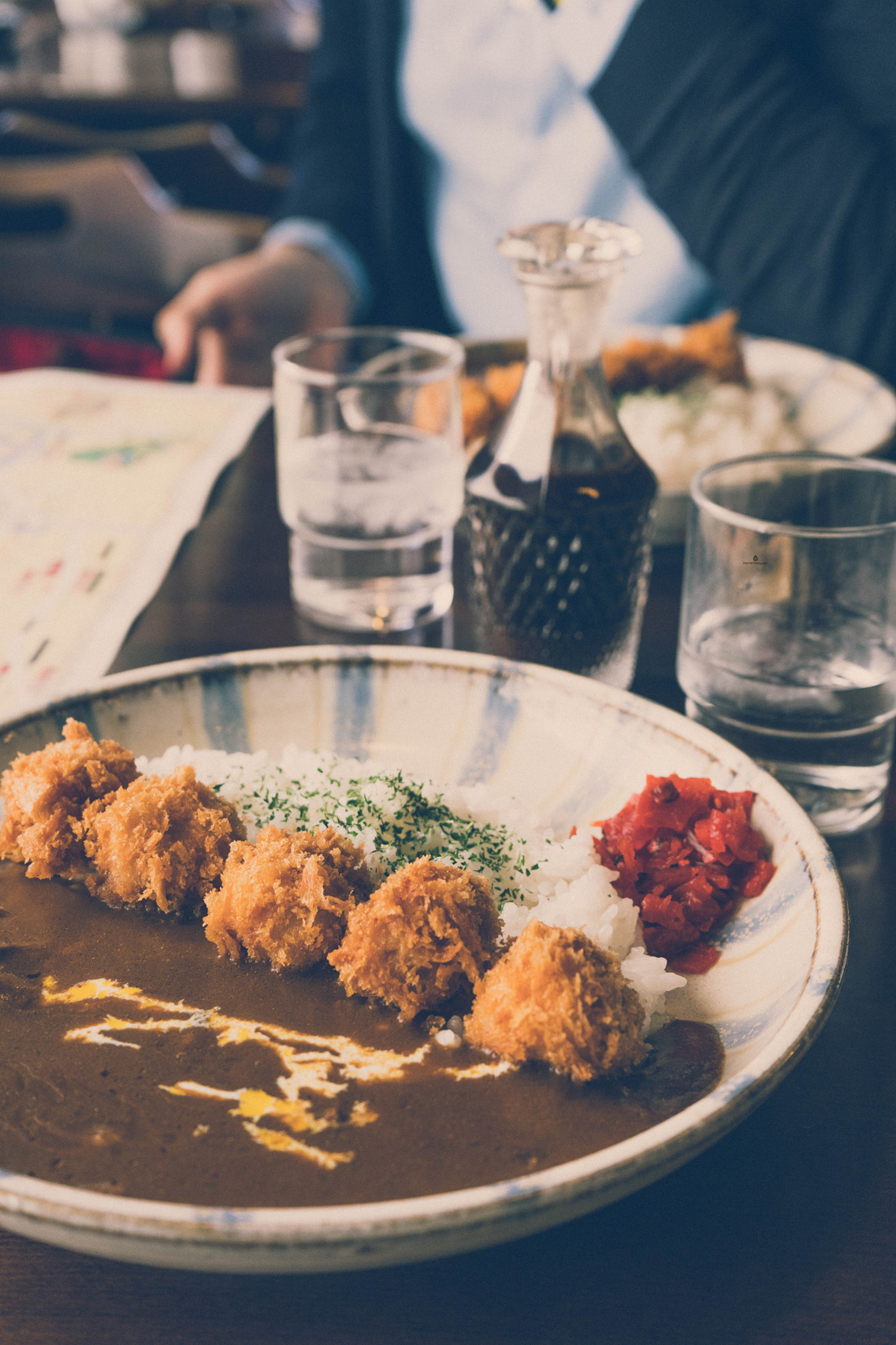
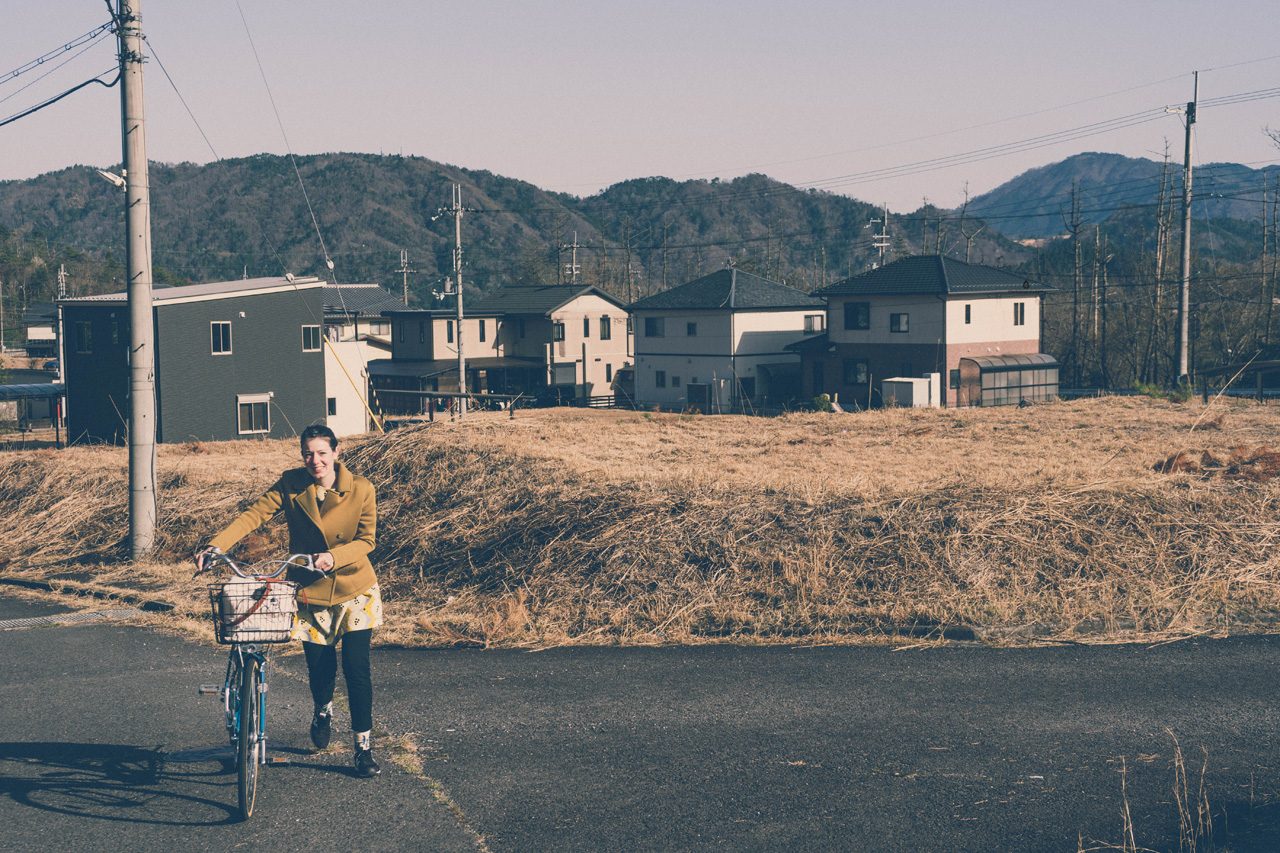

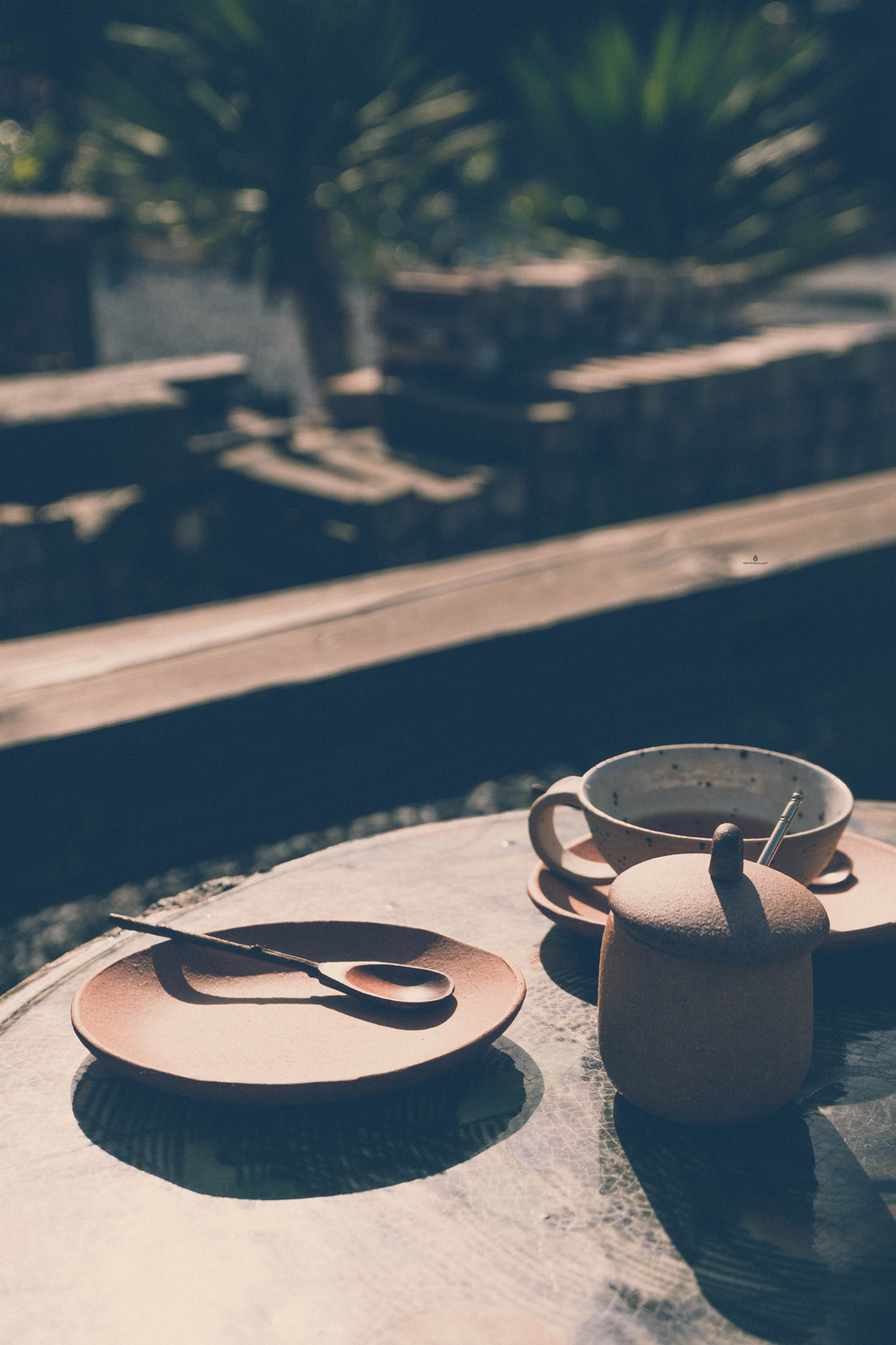
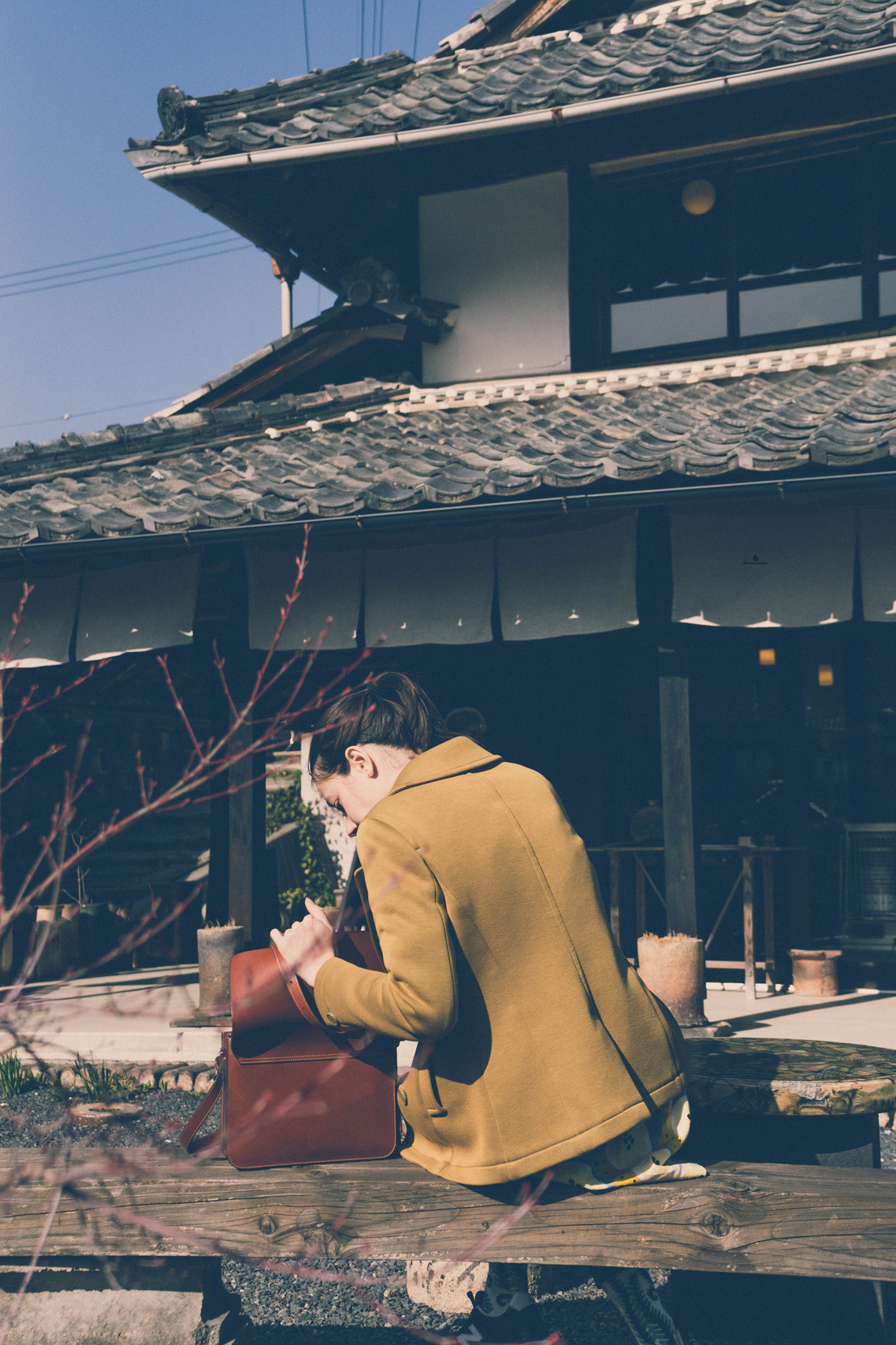


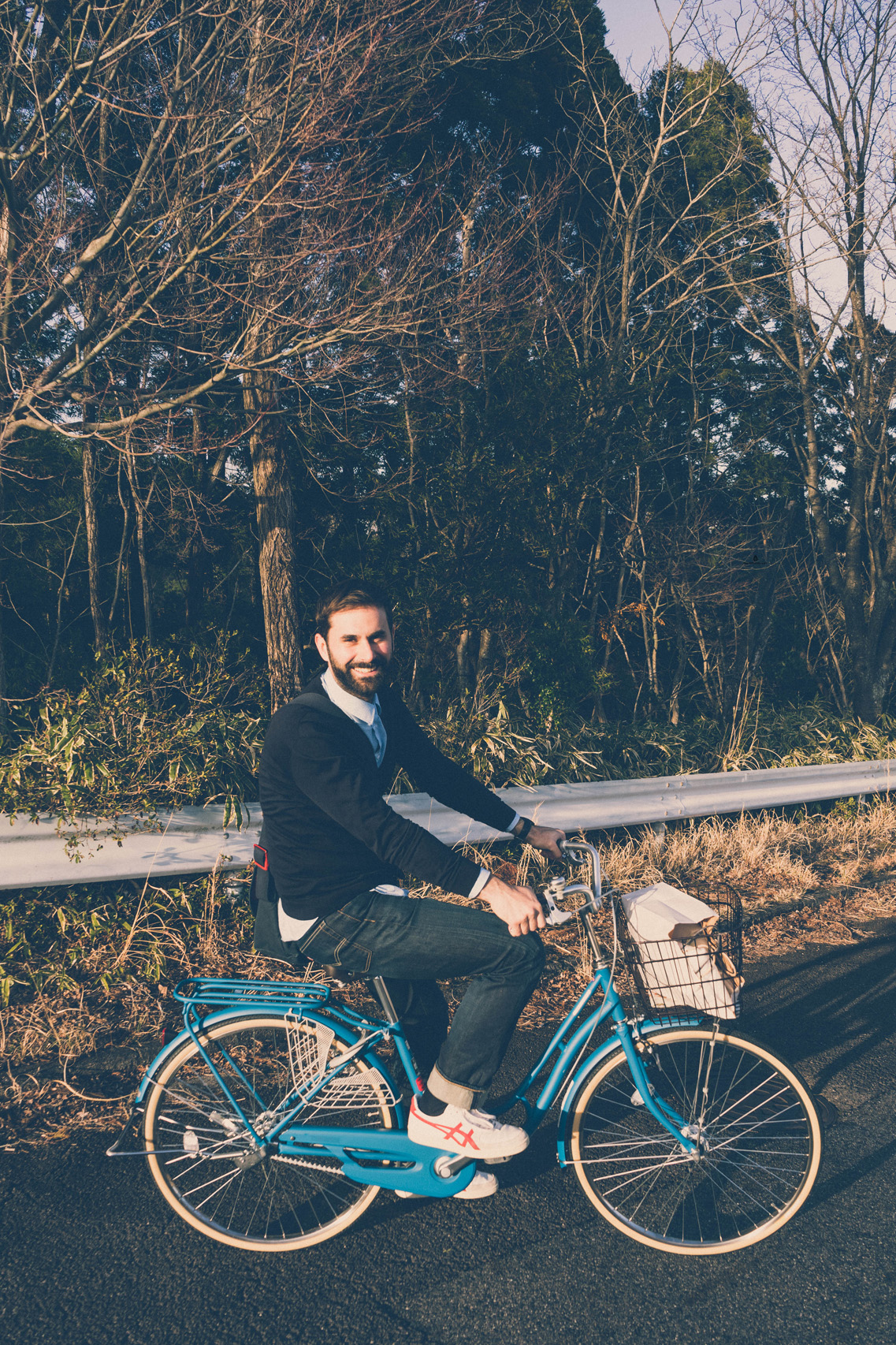
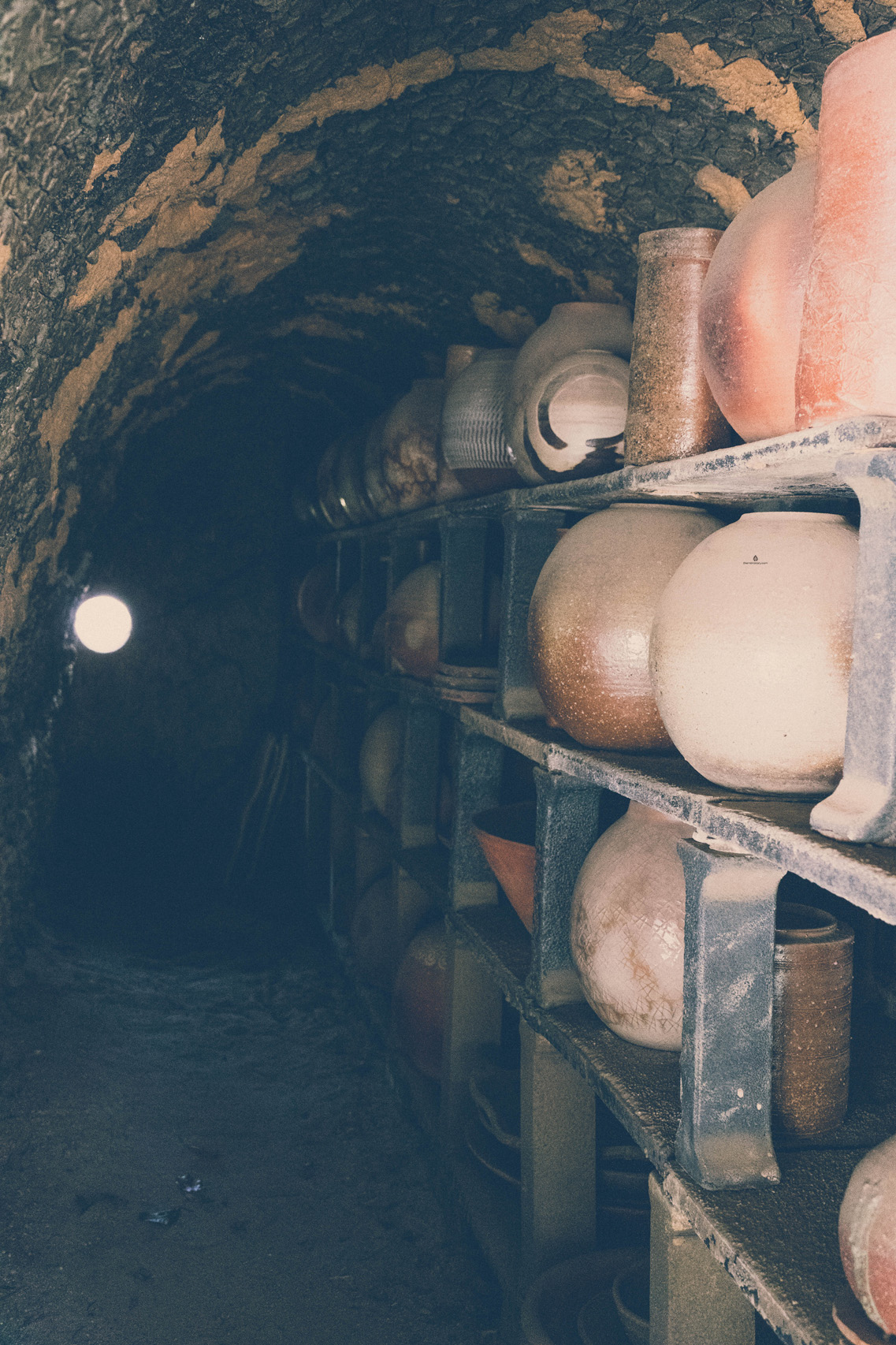
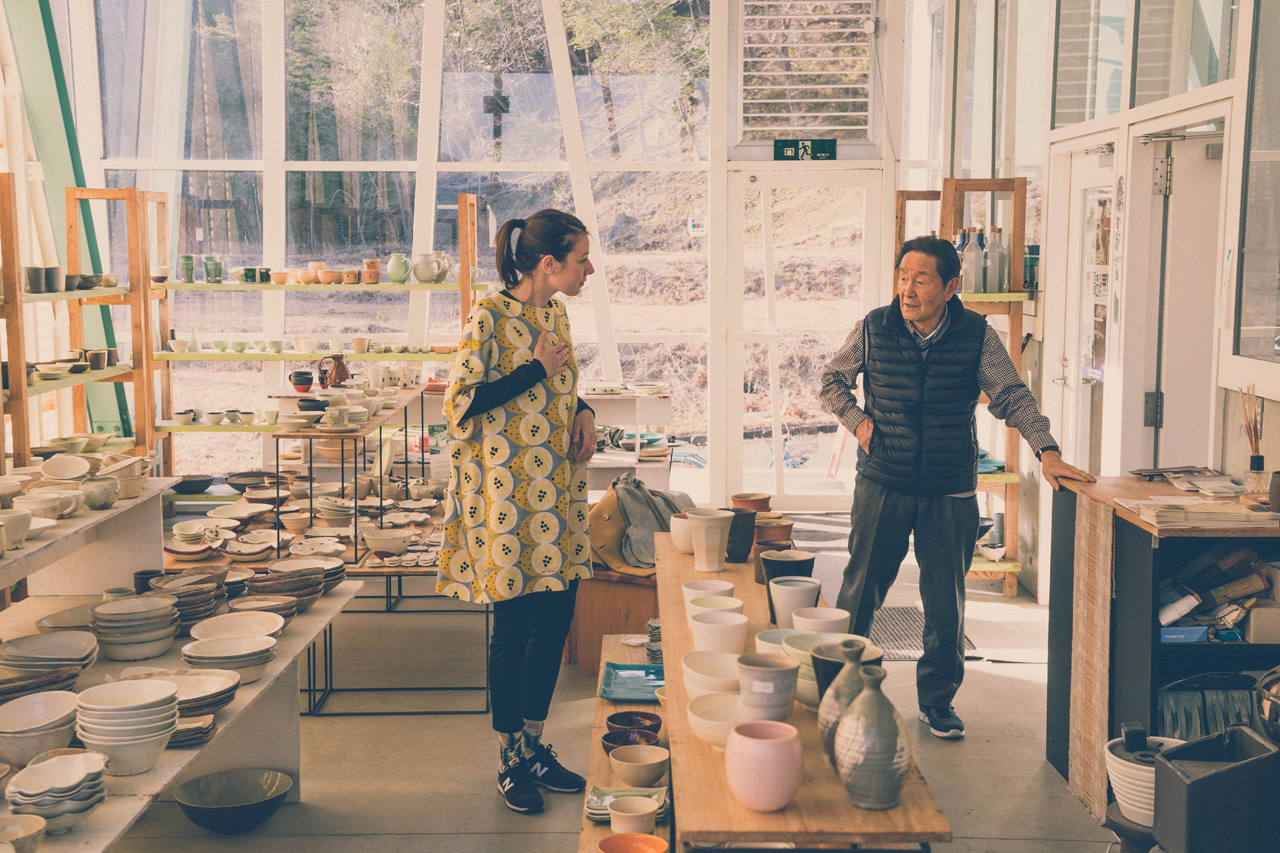

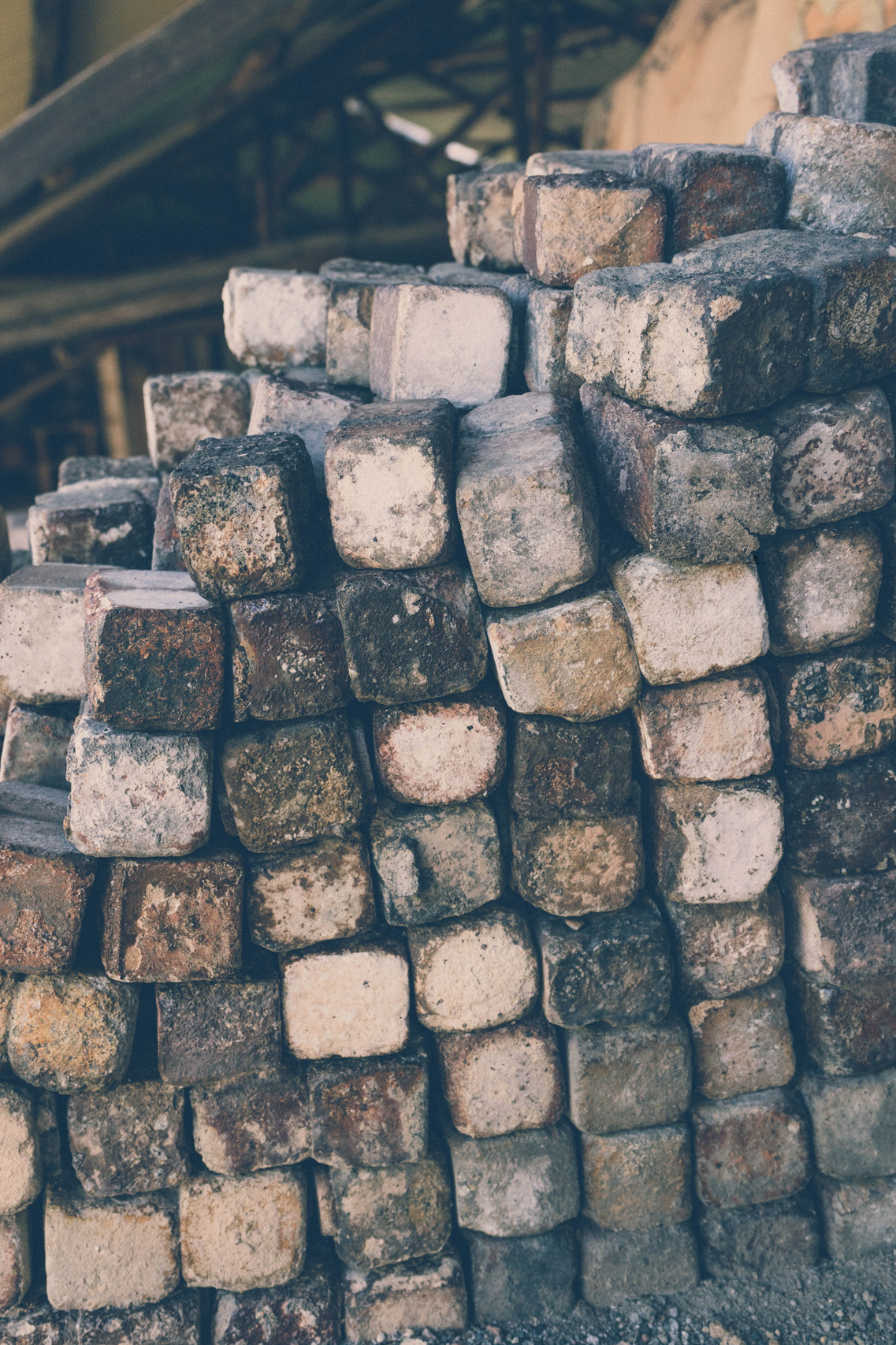

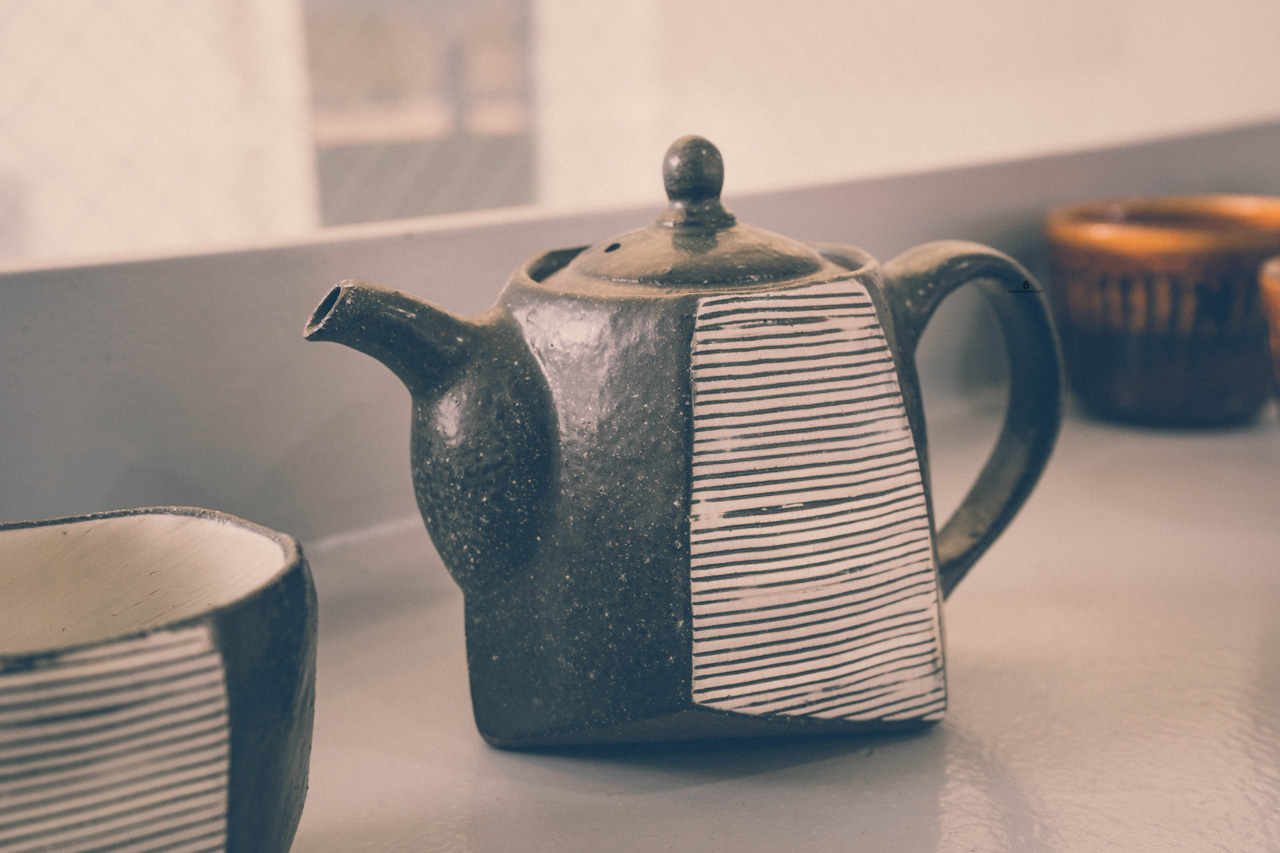
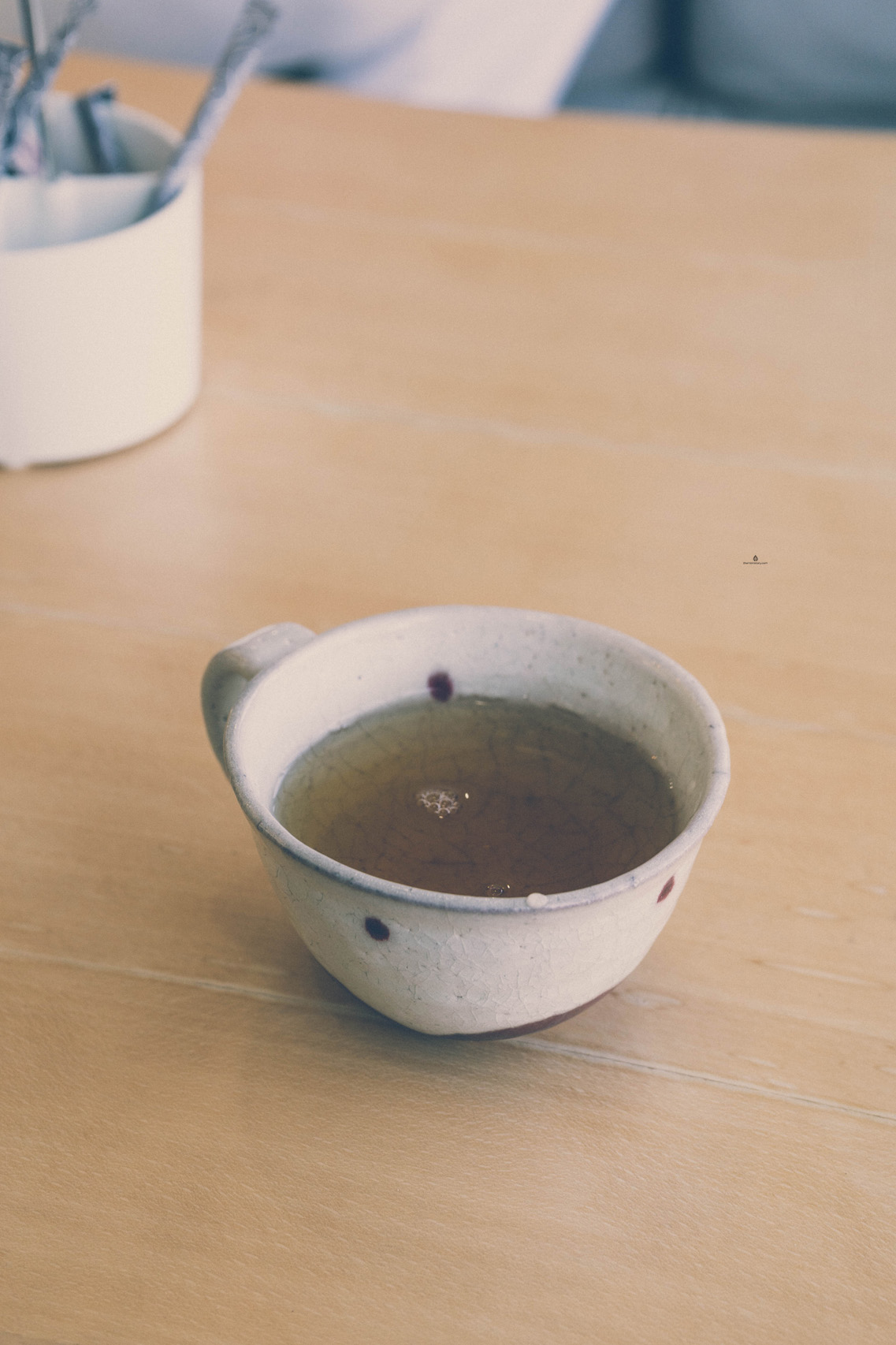
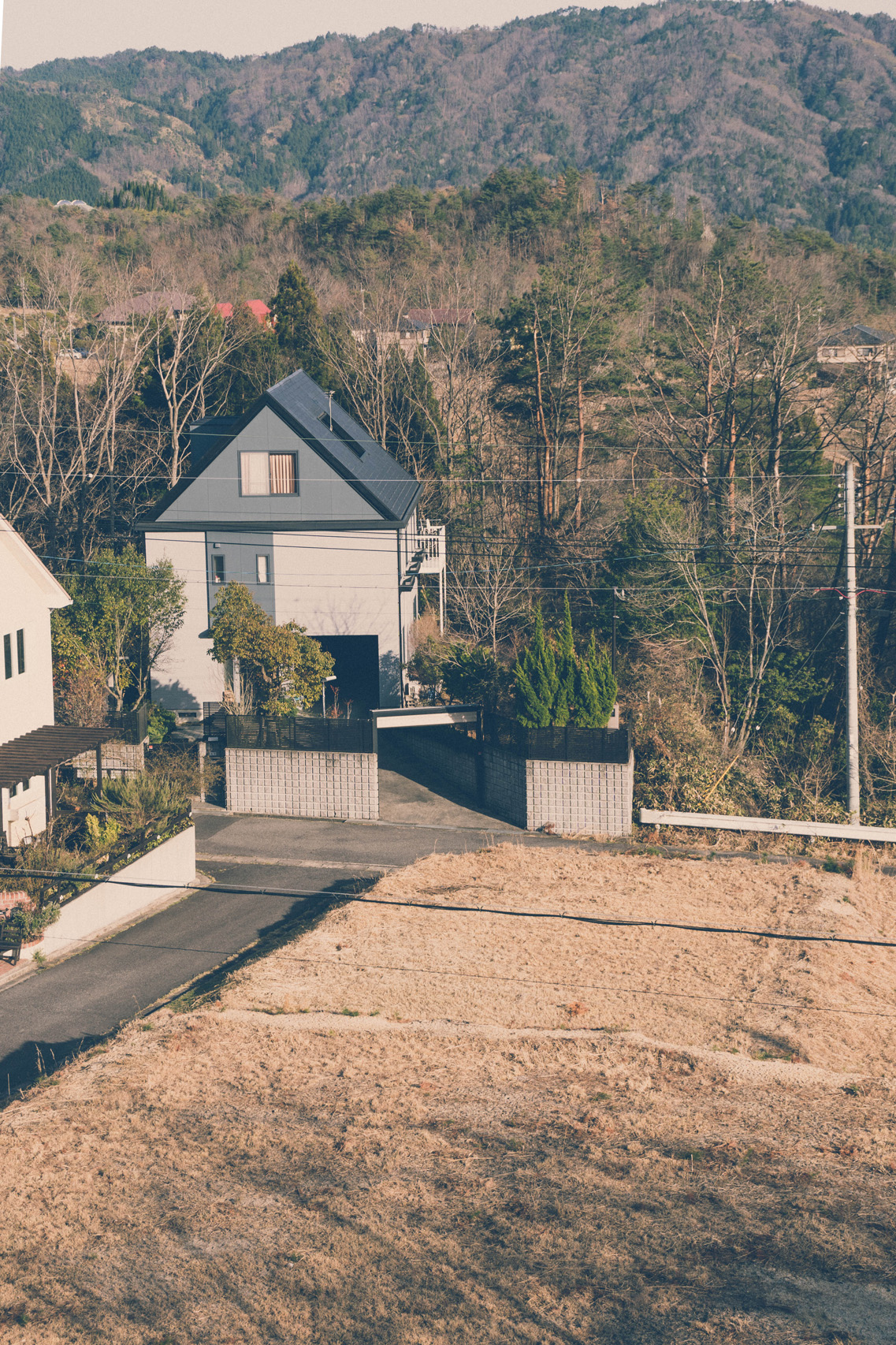


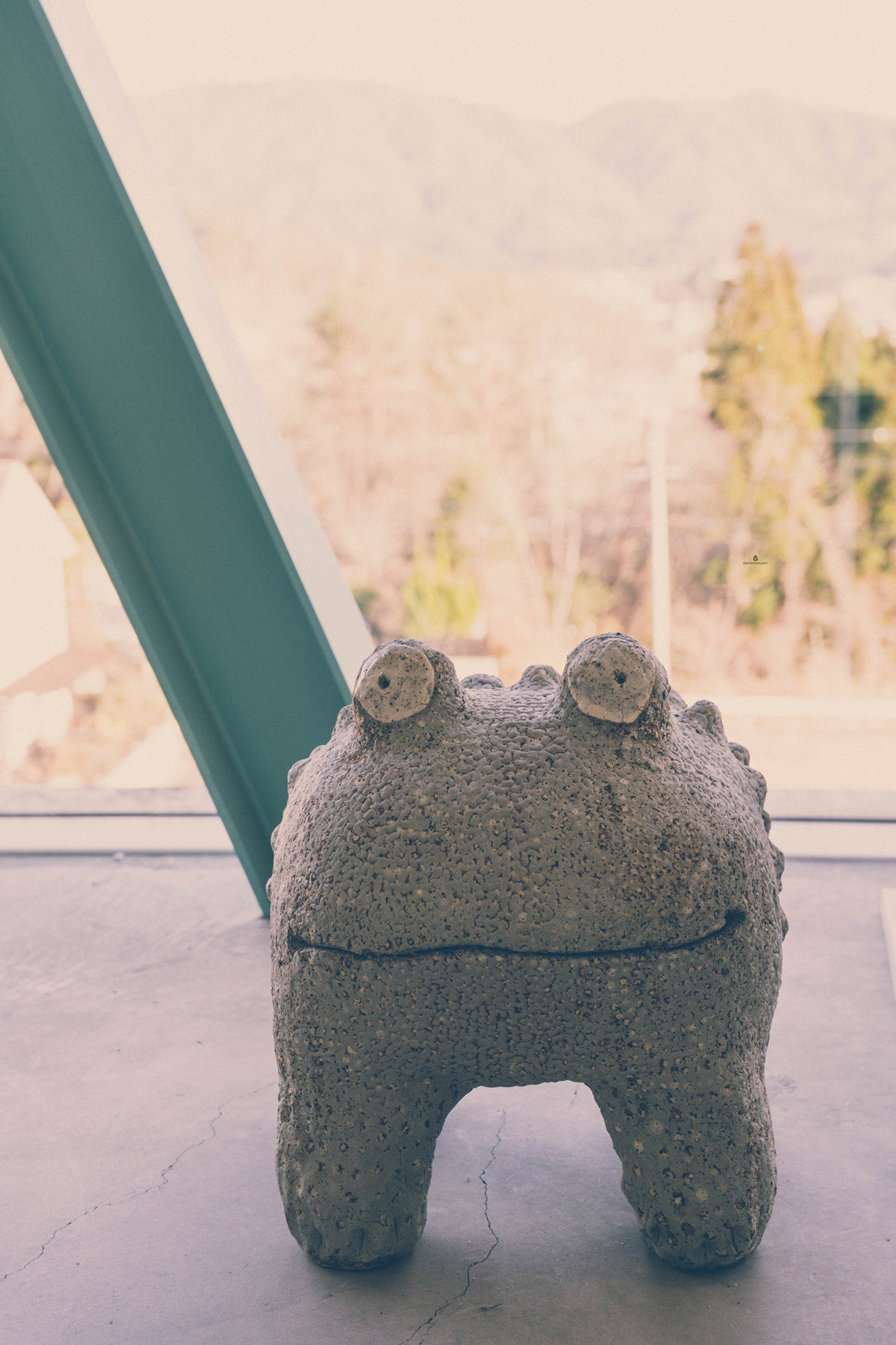
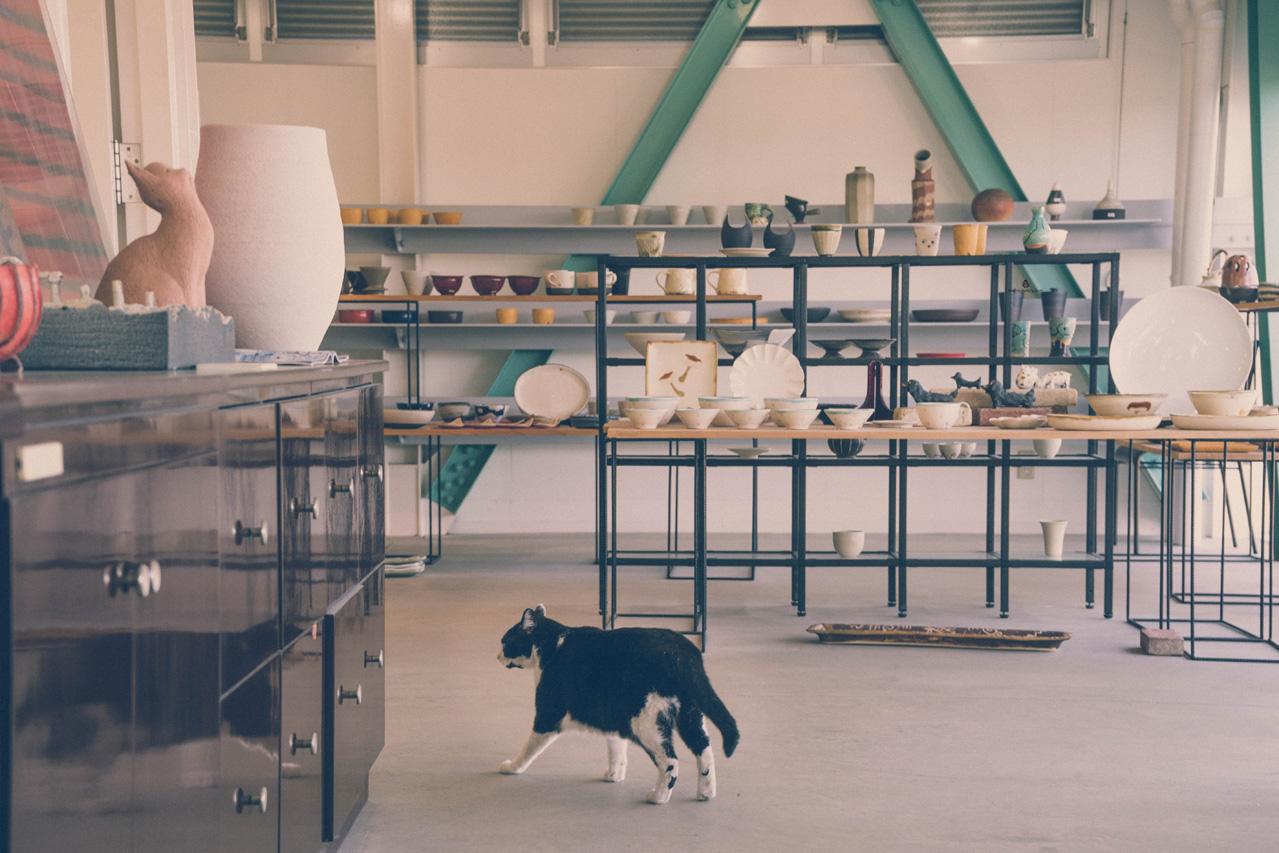
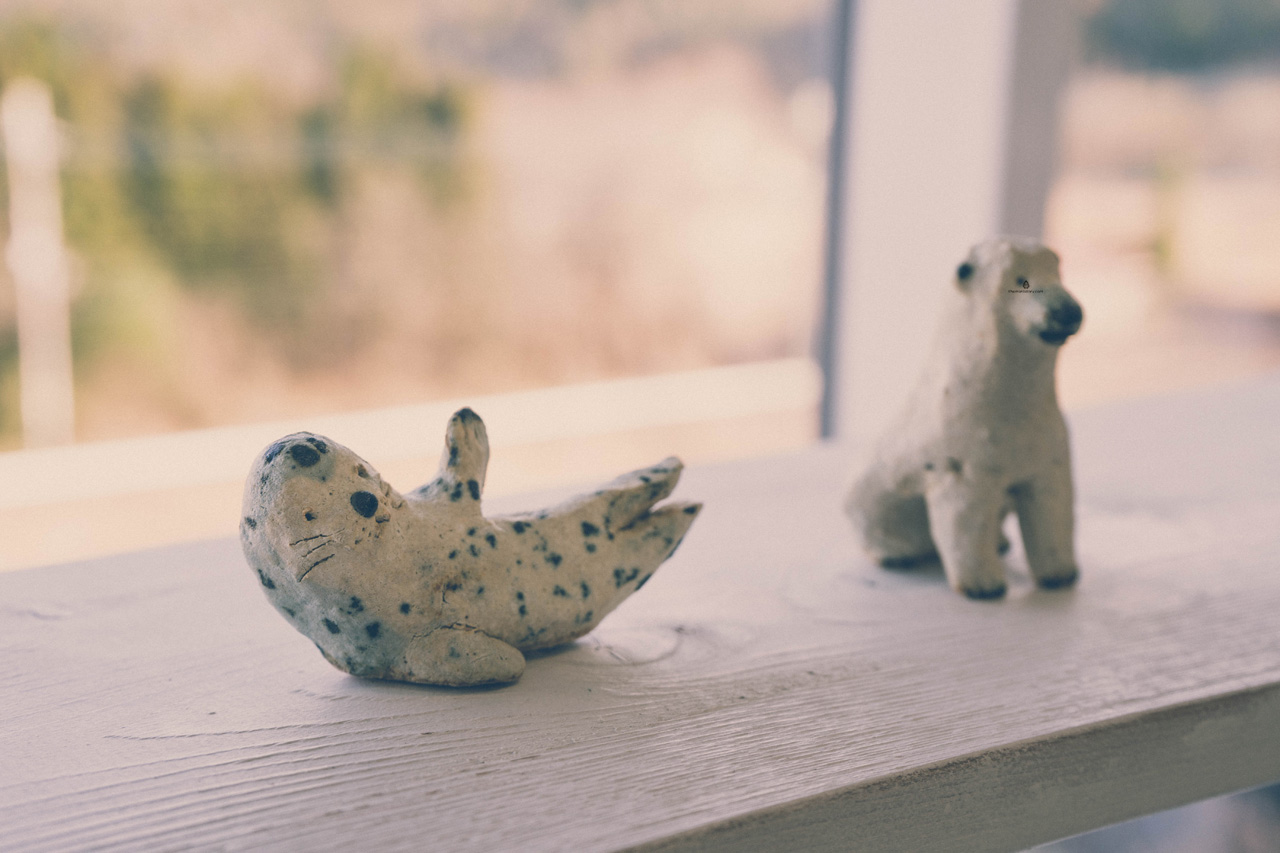
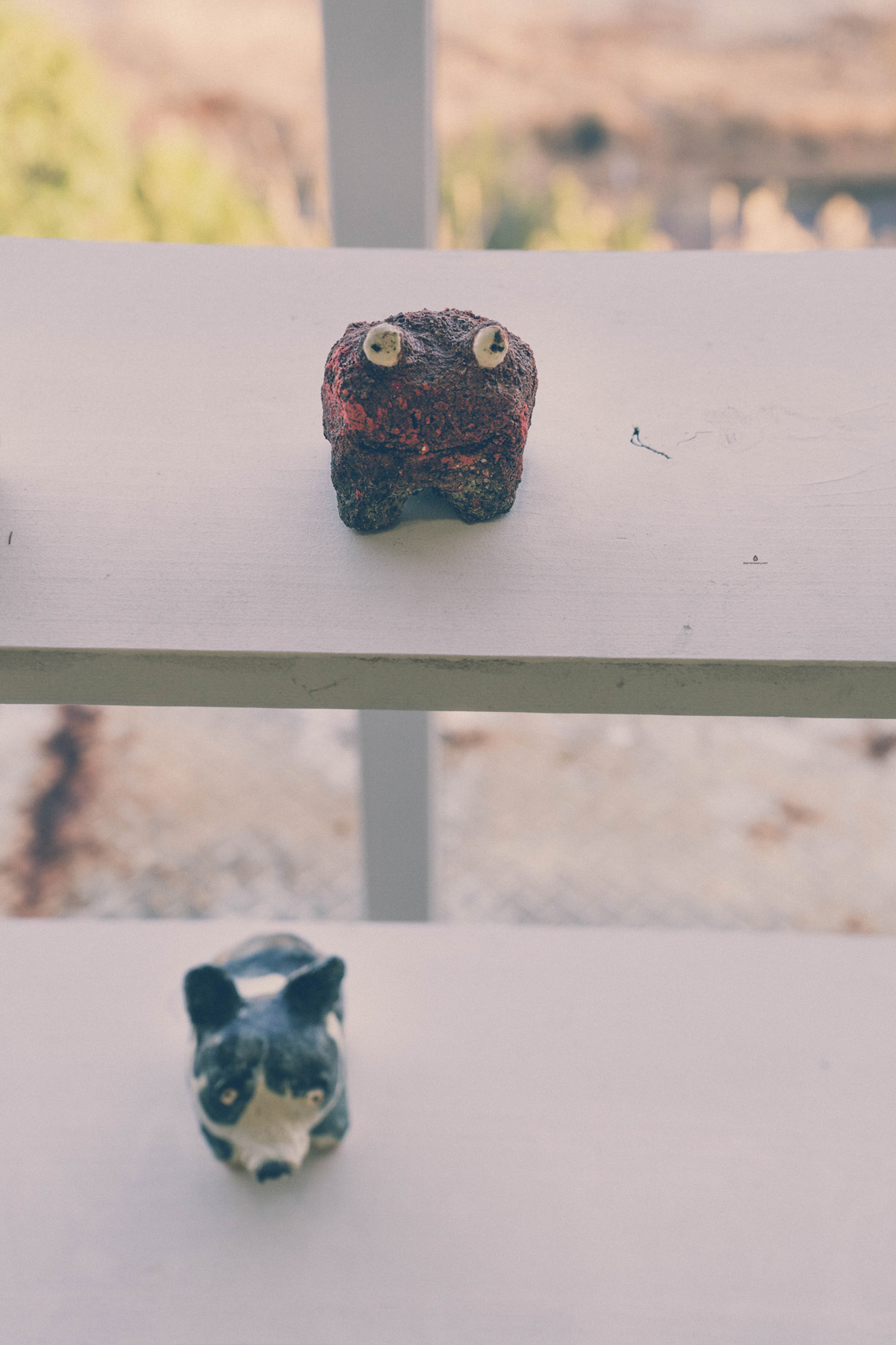
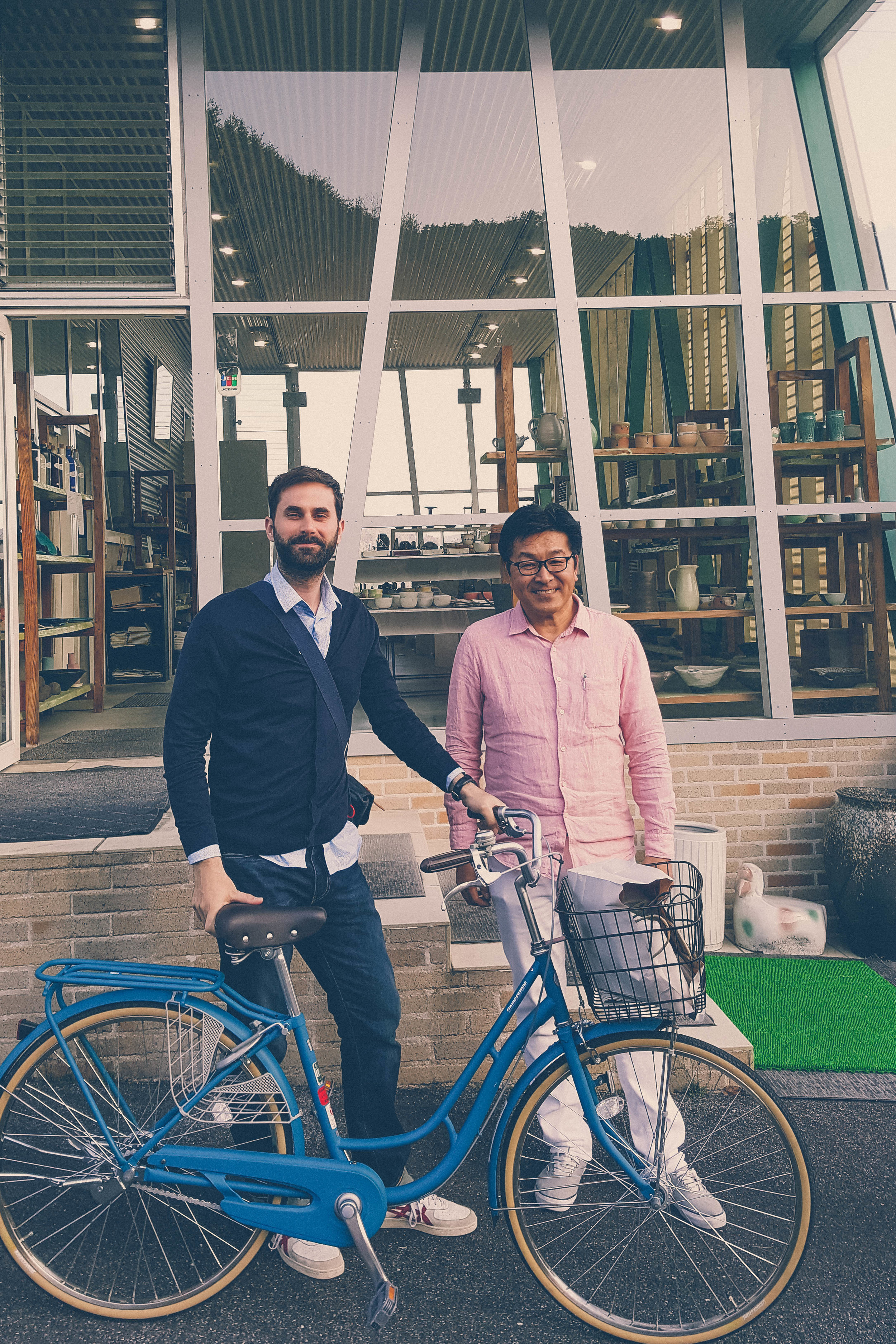


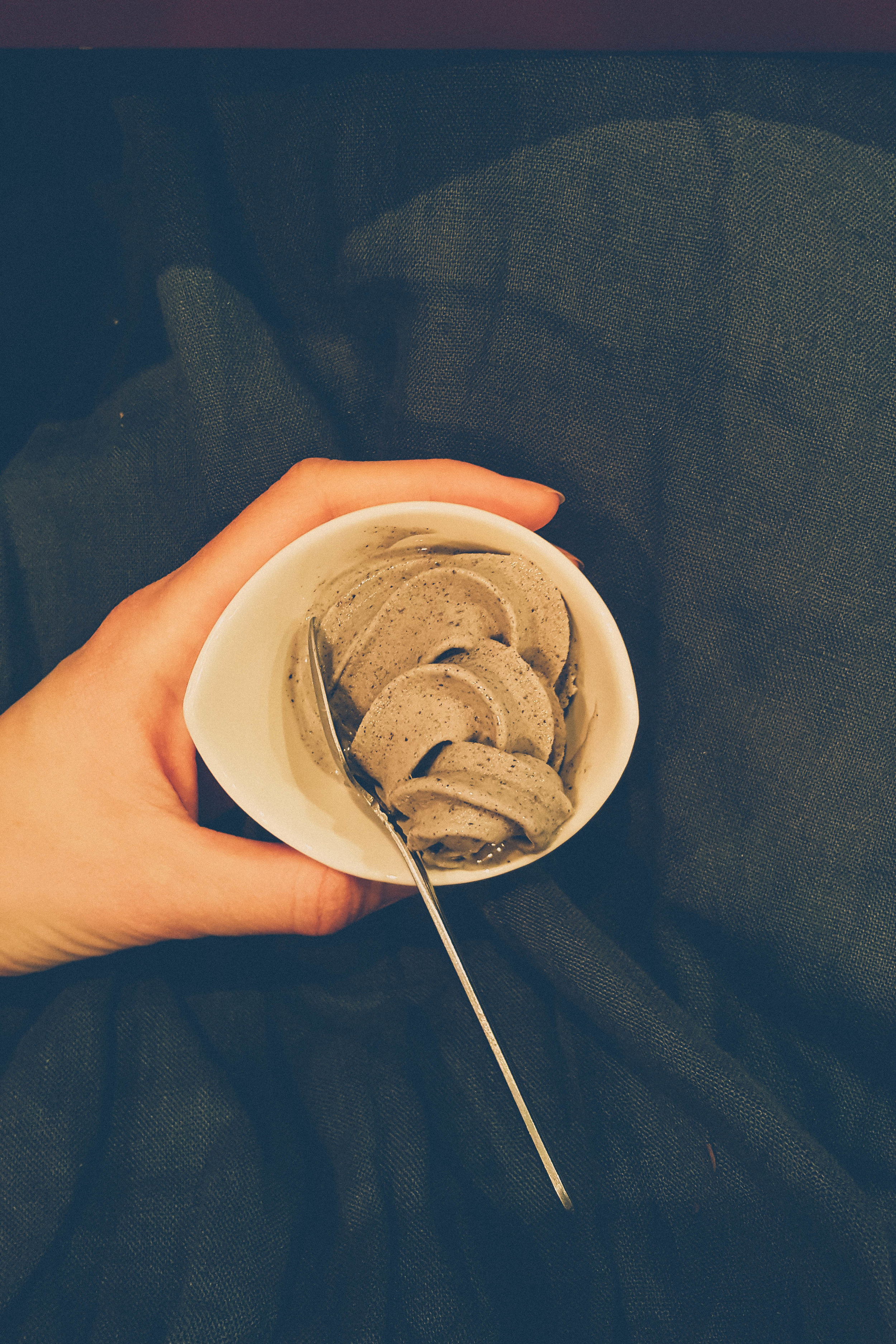
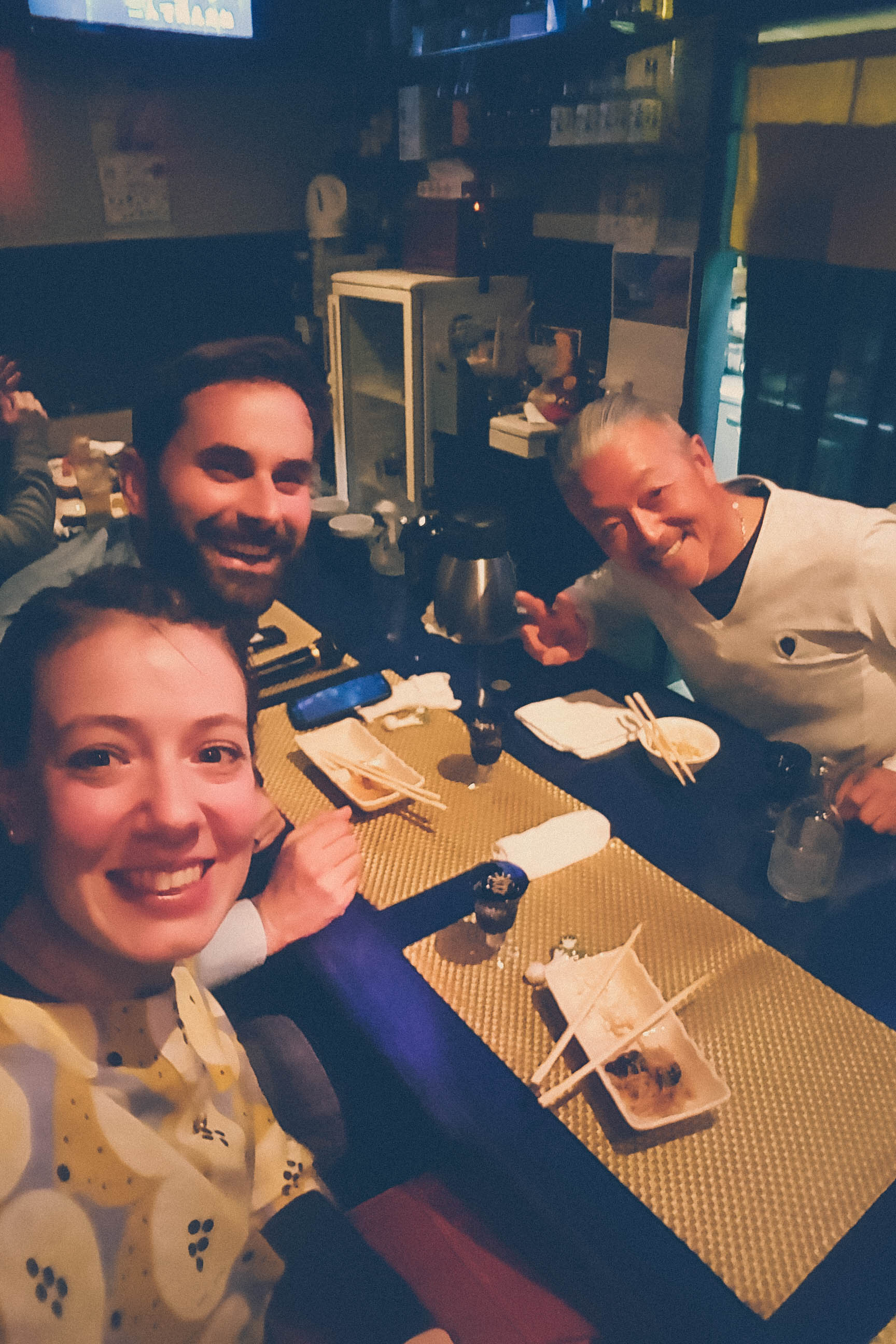


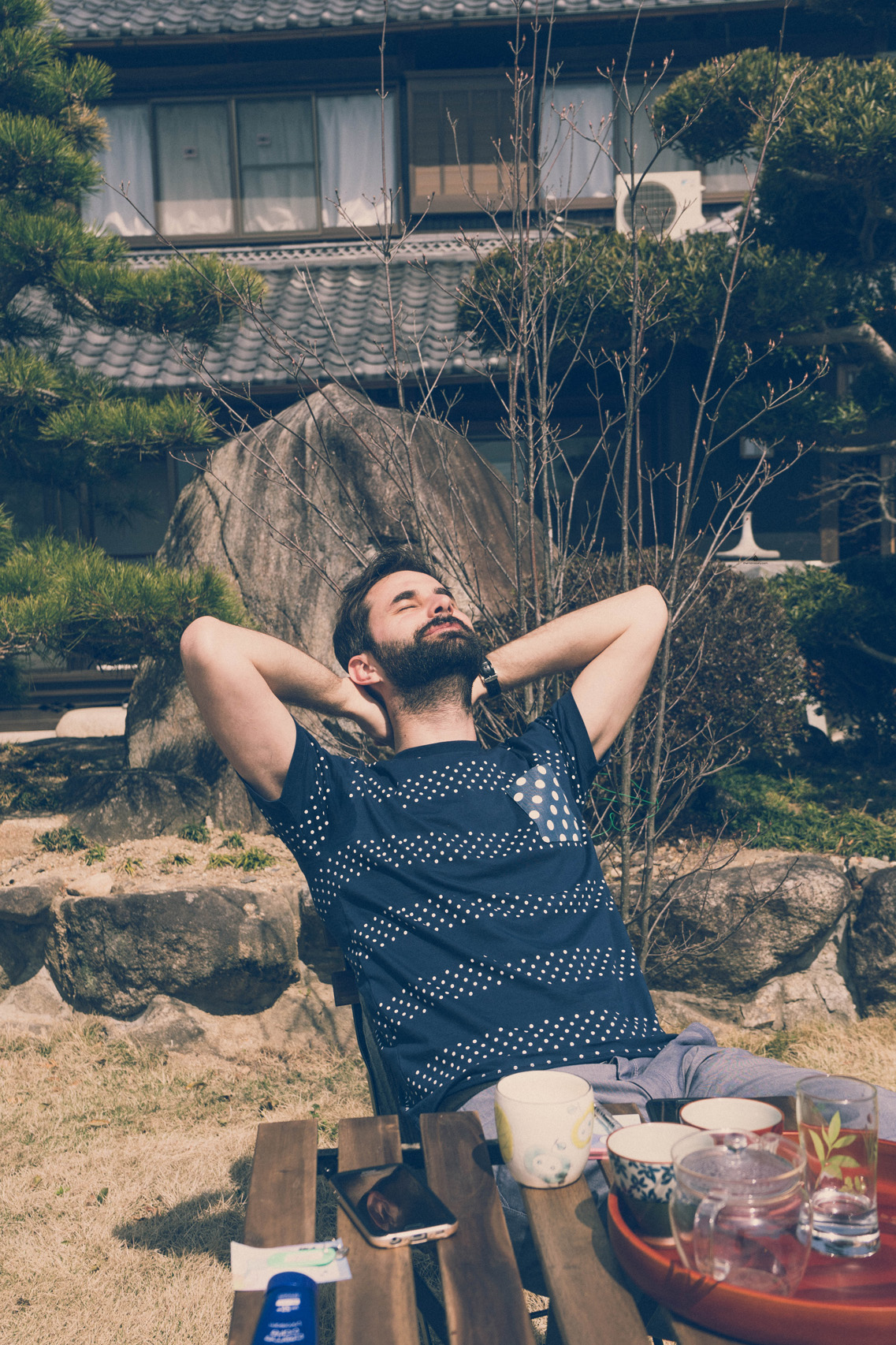









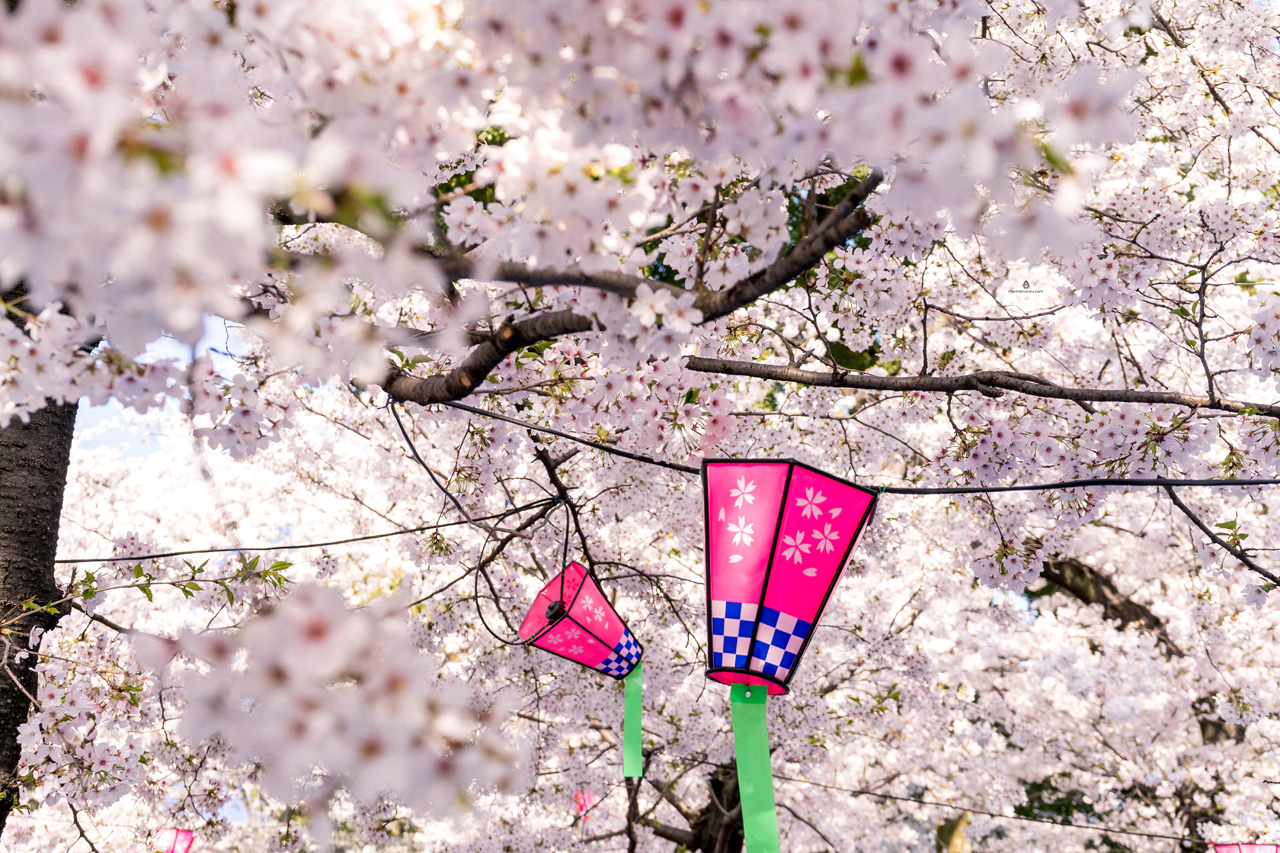




We didn’t fall in love with Hokkaido at first sight, as we did with the rest of Japan. It is the most isolated one of the main Japanese islands, has the weakest traffic connections, isn’t as organized and efficient as the rest of Japan, its trends in tourism are old-fashioned, simply- everything isn’t as you would expect from Japan.